

the TASTE issue



cd: ROBB AARON GORDON

Urs Fischer, The Breach, 2017 © Urs Fischer. Courtesy of the artist










A Season to Savour
Summer has a way of reminding us about what matters most. Longer days encourage us to pause, to gather, to reflect, and to discover. At Four Seasons, we know that the simple pleasures found in sharing a meal, embarking on a spontaneous getaway, or enjoying a quiet moment in nature are some of the experiences that unknowingly become our most treasured memories.
We are honoured to be part of these moments, big or small. Whether it’s across the table, across the world, or across generations exploring somewhere new, we believe in the power of meaningful connections. With Four Seasons and beyond, I hope that you can find joy in sharing this time with those who matter most.
As always, if there is anything I can do to make your stay more enjoyable, please let me know.
Sincerely,

ISADORE SHARP Founder and Chairman
A Taste of Excellence
At Four Seasons, our goal is to create exceptional memories that last a lifetime. Whether you stay, live, or dine with us, each experience has the power to build connections, spark curiosity, and bring the spirit of a destination to life.
From Michelin-starred dining to hidden gems guided by local tradition, this belief is showcased by the talents of our world-class chefs, farmers, vintners, and artisans. With more than 600 restaurants and bars at Four Seasons properties around the world, our culinary offerings are always delivered with a distinctly human touch, bringing us together for life’s moments, both big and small.
Across all that we do—from the sophisticated simplicity of coastal favourites in Mexico, to the rare teas of Japan, or the seasonal treasures of Caribbean fare—our teams are continually redefining luxury hospitality with an unwavering focus on innovation, genuine care, and the shared experiences that connect us.
Thank you for making us part of your journey.
My best,

ALEJANDRO REYNAL President and Chief Executive Officer Four Seasons

RM 43-01 FERRARI
Manual winding tourbillon movement
70-hour power reserve (± 10%)
Baseplate and bridges in grade 5 titanium and Carbon TPT®
Split-seconds chronograph
Power-reserve, torque and function indicators
Case in microblasted titanium and Carbon TPT®
Limited edition of 75 pieces

A Racing Machine On The Wrist











Step aboard , where every moment on the water is an invitation to indulge in the art of yachting. Each journey is thoughtfully crafted to offer a seamless blend of world-class service, transformative relaxation, and enriching experiences at sea. Whether it’s savouring exceptional dining, reconnecting with loved ones, or exploring destinations that seem to exist solely for you, Four Seasons Yachts brings a new vision of luxury to the yachting world.


In the spirit of discovery, we invite you to take part in this historic debut and experience it yourself. Setting sail in 2026.















JOIN US













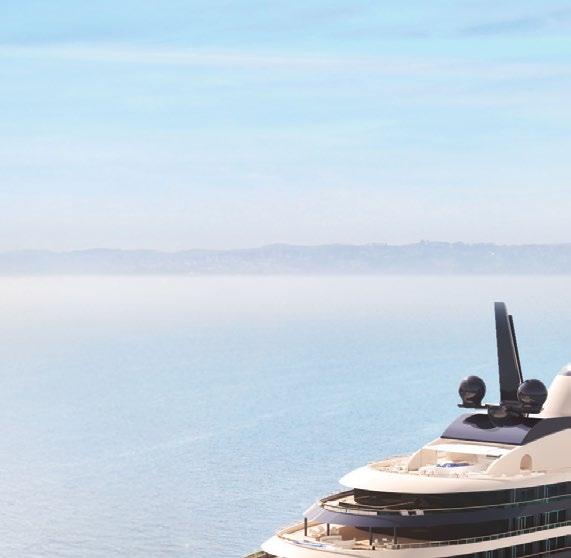


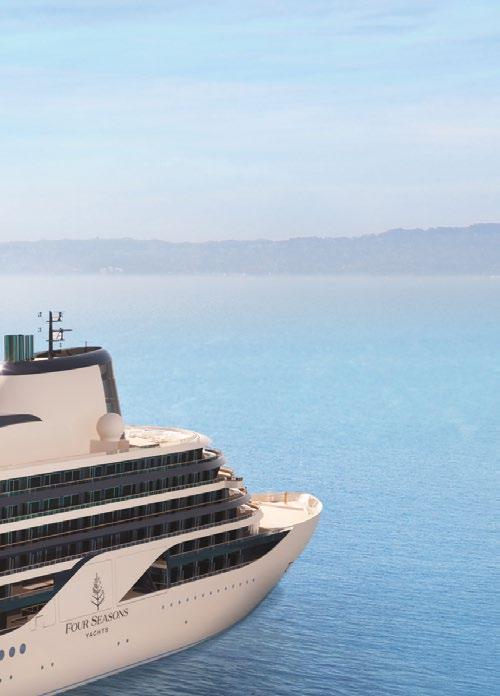














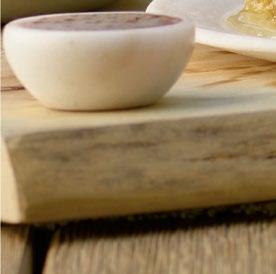




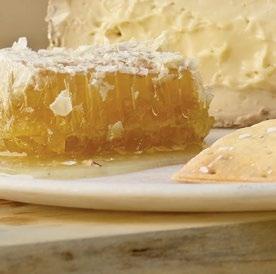
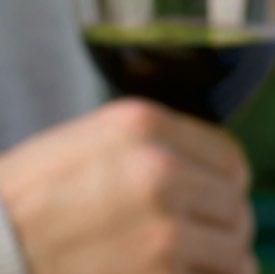
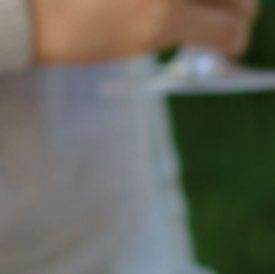

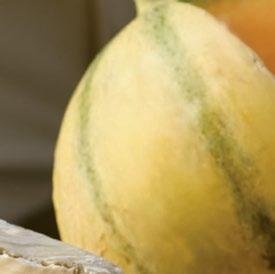





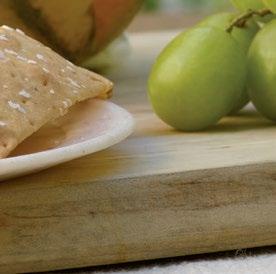





















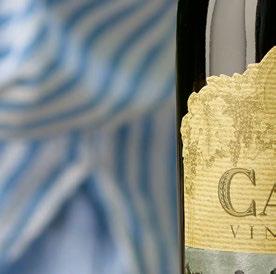





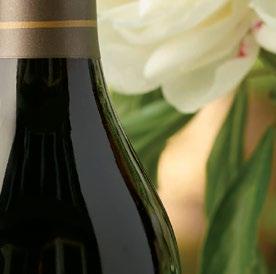




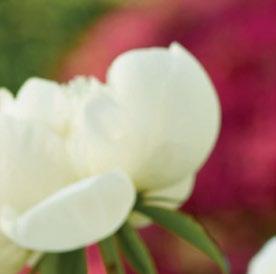























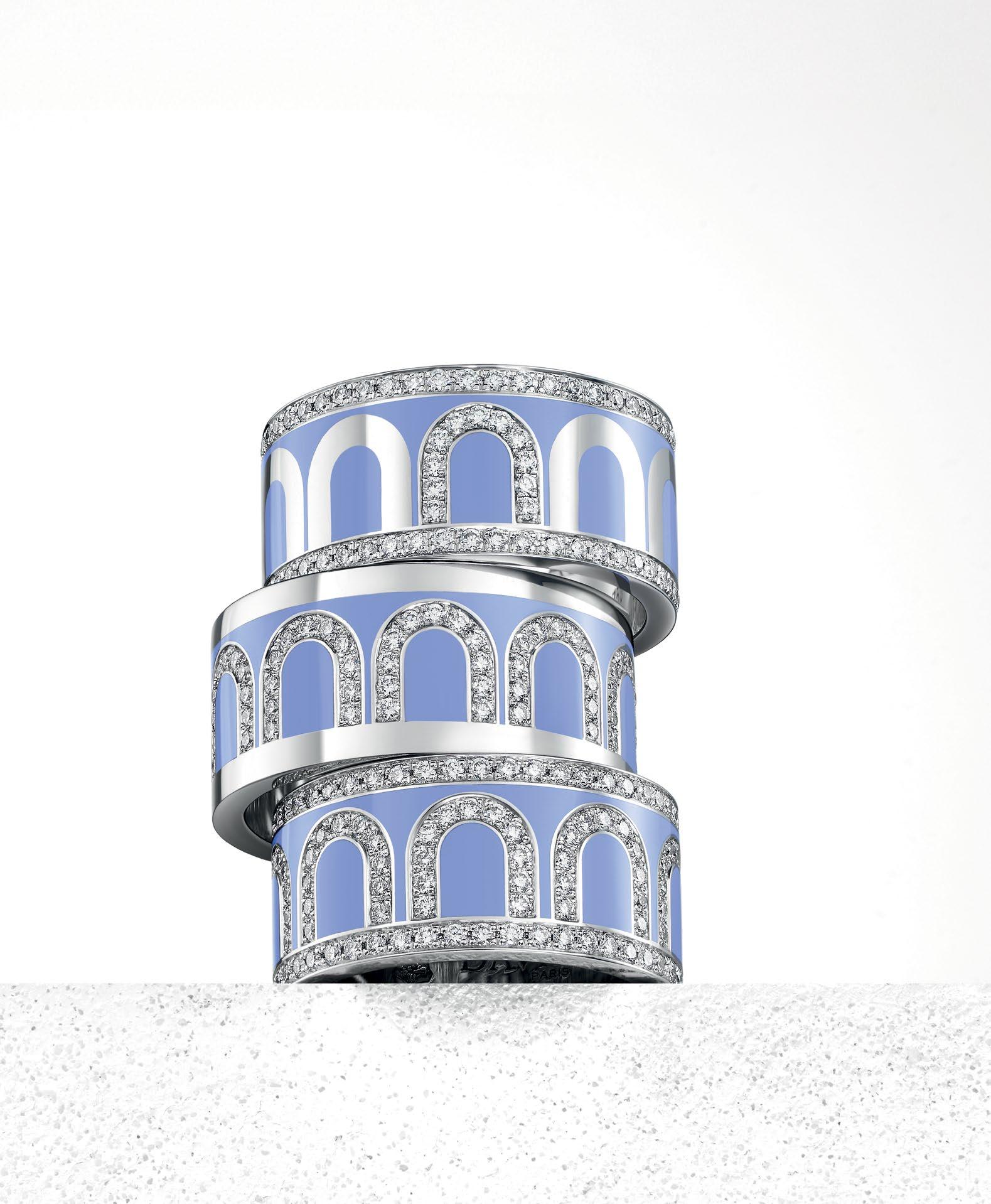

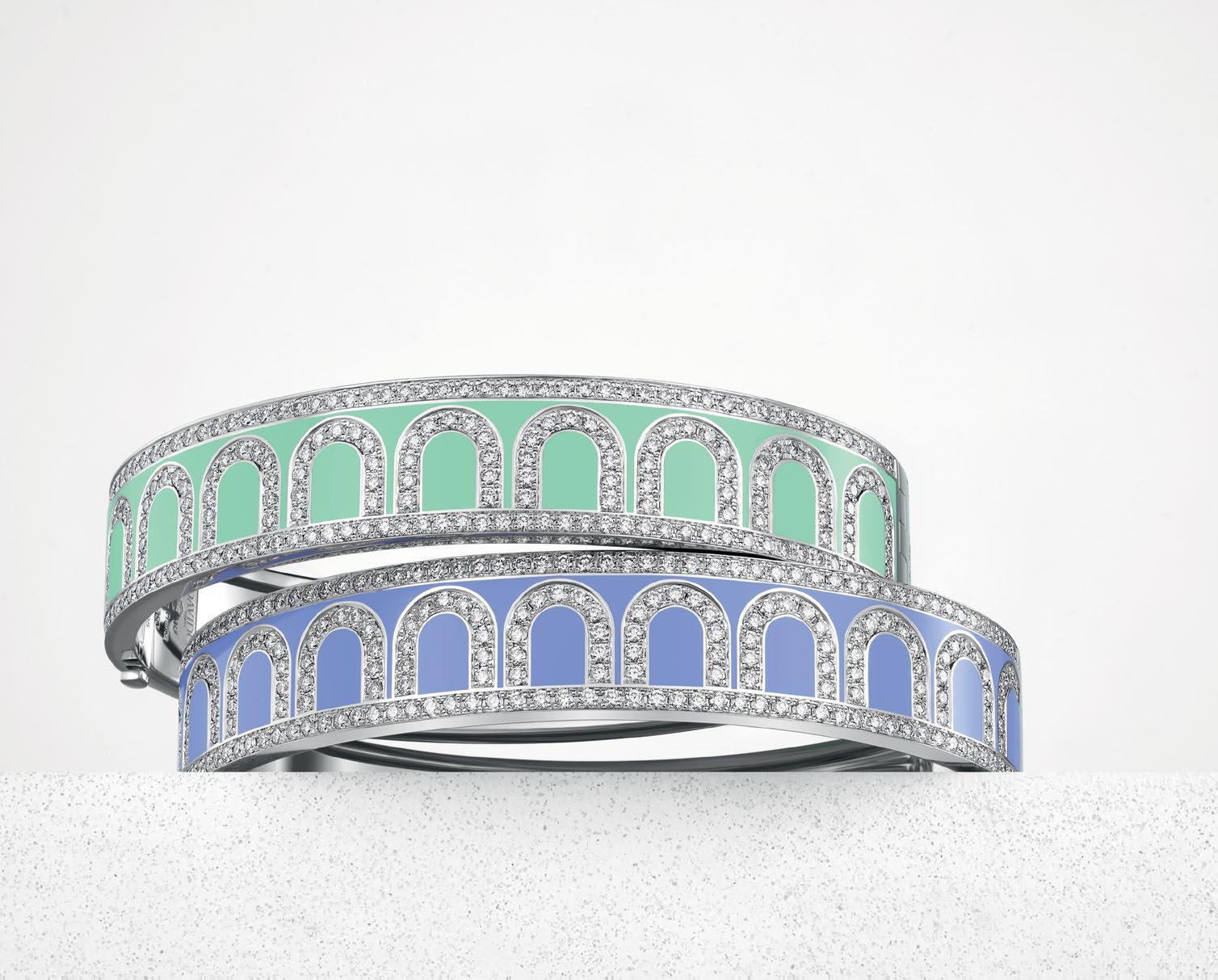
NEW YORK
Bergdorf Goodman VAIL
DOHA Alfardan
RIYADH
Centria Mall
BAL HARBOUR SHOPS
78
Luxury Redefined
Are caviar and foie gras the be-all and end-all of dining extravagance? No longer, says food writer Jeff Gordinier, who points to five enticing options.

102 Peak Summer
Make it the best road trip ever with stops in three mustsee mountain towns of the American West.
86
The Essence of Athens
Chefs in the capital are harking back to Greece’s culinary roots and taking the country’s cuisine to delectable new heights.
Luscious Jewels
From Harry Winston to Bulgari and more, these stunners capture the season’s radiance.

CON T ENTS Departments

A monumental sculpture worth seeking out in the Qatari desert … Theatrical nights in Bogotá … Savouring Napa Valley … A Beaux-Arts beauty blooms again in Manhattan.

Vacation fashion from Versace … Setting the table with summer’s finest … The best gold watches of the year … Decadent dining aboard Four Seasons I … and more.

From top chefs to an artist and a founder-philanthropist, tastemakers share their insider guides to Bangkok, Lisbon, Miami, and Istanbul.

Checking in on the latest from Four Seasons properties in Fort Lauderdale, Boston, Punta Mita, and Osaka.
ON THE COVER
Oysters at Evelyn’s, Four Seasons Hotel and Residences Fort Lauderdale.
Photo by James HarveyKelly, @jamesharveykelly Styling by Peter Papapetrou, @peterpapapetrou1

CON T RIBUTORS
46page


David Kaufman
WRITER AND EDITOR
On the 20th anniversary of the debut of Anthony Bourdain: No Reservations, the precursor of Anthony Bourdain: Parts Unknown, Kaufman, a New York Post editor and columnist, looks back at three beloved episodes from the late host and author, counting himself amazed at Bourdain’s ability to “dig into cultural trends.”
Pavia Rosati
TRAVEL WEBSITE FOUNDER
The creator of the travel platform Fathom, Rosati spoke with chef Pichaya “Pam” Soontornyanakij about her favourite places in Bangkok. One of Rosati’s own current goto spots for a bite is Razza Pizza Artigianale in Jersey City, New Jersey. “Chef Dan Richer has a way with yeast and homemade mozzarella,” she says.
86 page
78 & 96 pages


Vanessa Granda
PHOTOGRAPHER
65page




Nicola Chilton
TRAVEL WRITER
“I used to believe in never going to the same place twice, but Greece changed me; I love the diversity of its landscapes and the warmth of its people,” says the Dubai-based Chilton. She has lived and worked in six countries, and in this issue, she spotlights the Greek capital’s exciting dining scene in “The Essence of Athens.”
Miami-born, New York–based Granda, whose gorgeous shots of summer fruit and prized ingredients grace two features in this issue, loved being introduced to hoshigaki (dried persimmons) on set. “A new favourite snack,” she says. Also at the top of her sweets list is the cinnamon roll at Radio Bakery in Brooklyn: “A 10 out of 10.”


Jeff Gordinier
AUTHOR
78page
Los Angeles–based Gordinier—the food and drinks editor of Esquire and a James Beard Foundation Journalism Award–winning writer—highlights in this issue’s “Luxury Redefined” five of-the-moment ingredients. “I interviewed a variety of chefs who swooned, audibly, when I mentioned hoshigaki and bottarga and Beurre de Baratte,” he says. “People are very passionate about these flavours.”





AS THE SAYING GOES, you are what you eat. When you travel to a new corner of the world, the flavours you encounter do more than nourish; they become a gateway to understanding a place, its people, and its traditions. Few experiences forge such a meaningful connection to a destination as tasting food that is deeply rooted in its identity.
In this summer issue devoted to Taste, Four Seasons magazine pays homage to that connection, spotlighting the artistry of food and drink from around the globe. At the heart of this celebration are chefs, such as Rodolfo Lavrador (Cura at Four Seasons Hotel Ritz Lisbon) and Pichaya “Pam” Soontornyanakij (Potong restaurant in Bangkok), who infuse their culinary creations with the spirit and story of their surroundings.
One way to meld menu and milieu is to honour ingredients that carry a rich heritage, from heirloom corn grown in Mexico to exquisite koshihikari rice cultivated in Japan. These and other obsessions are the kernels of Jeff Gordinier’s “Luxury Redefined.” In his story, Gordinier speaks with culinary stars, like Enrique Olvera (Pujol in Mexico City, Cosme in New York, Damian in Los Angeles) and Rogelio Garcia (Auro at Four Seasons Resort and Residences Napa Valley), about the evolution of luxury. For Olvera, true luxury transcends extravagance. It’s about something more meaningful. As he sees it, it’s “the ability to taste the place.”
That’s certainly the case in the Greek capital, where Nicola Chilton spent the better part of a week exploring one of the world’s most exciting dining scenes. In “The Essence of Athens,” Chilton brings to life the passion and creativity of chefs, including Luca Piscazzi (Pelagos at Four Seasons Astir Palace Hotel Athens), who are not only reclaiming Greece’s culinary traditions but also pushing their boundaries.
Of course the Taste issue also delves into the elevated dining aboard both Four Seasons Private Jet Experience and the upcoming yacht, Four Seasons I, and goes inside five secret Four Seasons speakeasies. All offer the distinctive and immersive flavours of their locations.
EXECUTIVE EDITOR

Evelyn’s at Four Seasons Hotel and Residences Fort Lauderdale
Degen Pener CREATIVE DIRECTOR Rina Stone PUBLISHER Christian Poppert
MANAGING EDITOR
Lori Bryan DIRECTOR, Partner Marketing Tatiana Imamura
DIGITAL EDITOR Fan Winston
PHOTO EDITOR T. Brittain Stone
COPY EDITOR Kersten Deck
CONTRIBUTING WRITERS
Laurie Brookins, Javier Cabral, Christoper Cameron, Nicola Chilton, Mark Ellwood, Adam H. Graham, Jon Alain Guzik, Brad Japhe, Nick Pachelli, Kathryn Romeyn, Pavia Rosati, Ramona Saviss, Lindzi Scharf, Melinda Sheckells, Eric Twardzik, Steven Vargas
PUBLISHED BY

PRESIDENT, CHIEF BUSINESS OFFICER
Jay Meyer
EXECUTIVE VICE PRESIDENT Content
Bruce Wallin
DEGEN PENER Executive Editor

EXECUTIVE VICE PRESIDENT General Manager Pamela Abbott
PARTNERSHIPS
David Van Sicklen, Travis Haley, Matt Squire, Jon Edwards, Mark Cooper, Tori DeClaris, Margot Giblin, Lauren Edwards, James McNulty, JD Hess, Lisa Rosenberg, Paolo Cassano, Debbie Topp, Elaine Rizos
MARKETING
Morgan Barbay, Julia Biedenbender, Emily Poppert, Jen Scherr, Adam Szafranski, Joanna Thomas
DIRECTOR, Creative Services
Shannon Corrigan-Baumann
ART DIRECTOR Matthew Halnan
VICE PRESIDENT, Commerce & Growth Cooper Fleishman
CONTENT DIRECTOR, Custom Media Nikki Prange
OPERATIONS MANAGER
Mandee Klenk
CHIEF FINANCIAL OFFICER
John Pietrolungo
CO-CEOS & FOUNDERS
Matt Carroll, Nick Van Sicklen
Advertising Inquiries: christian@northandwarren.com
NORTH & WARREN
7324 Gaston Ave., Ste. 124–451; Dallas, Texas 75214
©2025 Four Seasons Hotels and Resorts. Reproduction without permission is prohibited. The articles appearing within this publication reflect the opinion of their respective authors and not necessarily those of the publisher. The contents of advertisements and advertorials are entirely the responsibility of advertisers. No responsibility is taken for unsolicited submissions and manuscripts.


HIGH ALTITUDE
This issue’s road-trip feature,

ALL IN GOOD TASTE
Over one very busy day in May, Four Seasons magazine’s creative team and photographer Vanessa Granda captured food imagery for two features in this Taste issue. For “Luxury Redefined” (page 78), photo editor Brittain Stone tracked down ingredients from purveyors including Caviar de Terre, whose founder barely had time to mail dried persimmons before taking off on a foraging trip for morel mushrooms. During the photo shoot, six security guards stood watch over high-end pieces photographed with summer fruit for “Luscious Jewels” (page 96).


NOW & NEXT
Four Seasons Astir Palace Hotel Athens is home to Michelin-starred Pelagos— one of the Greek capital’s most exciting restaurants, as revealed in “The Essence of Athens” (page 86). It will be joined in the coming months by the highly anticipated Four Seasons Resort Mykonos, Greece (model room shown), with varied dining options and views of the Aegean Sea.
“Peak Summer” (page 102), showcases three Four Seasons Mountain Collection properties: Vail, Santa Fe, and Jackson Hole. The portfolio, which also encompasses properties in Megève, France, and Whistler, Canada, will expand in the months ahead to include Telluride, Deer Valley (rendering shown), and Gstaad, Switzerland—all with a hotel or a resort and Private Residences.
TRAVEL THE GLOBE IN YOUR OWN WORLD.



The 7,500 nm (13,900 km) Falcon 10X is a penthouse in the sky with the largest, brightest cabin in business aviation Fly London to Los Angeles, Paris to Santiago or Geneva to Singapore nonstop And enjoy legendary Falcon short-field performance. It’s your world Be comfortable in it The Falcon 10X. Simply perfect



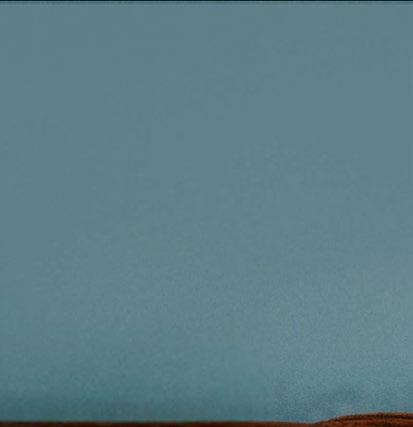

















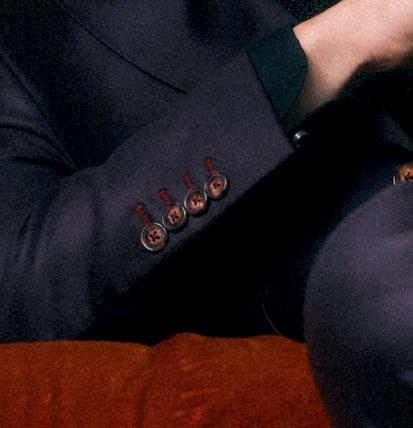








INTRODUCING A LUXURY BRAND DESIGNED FOR A COMMUNITY OF MEMBERS AROUND THE GLOBE. BY INVITATION.


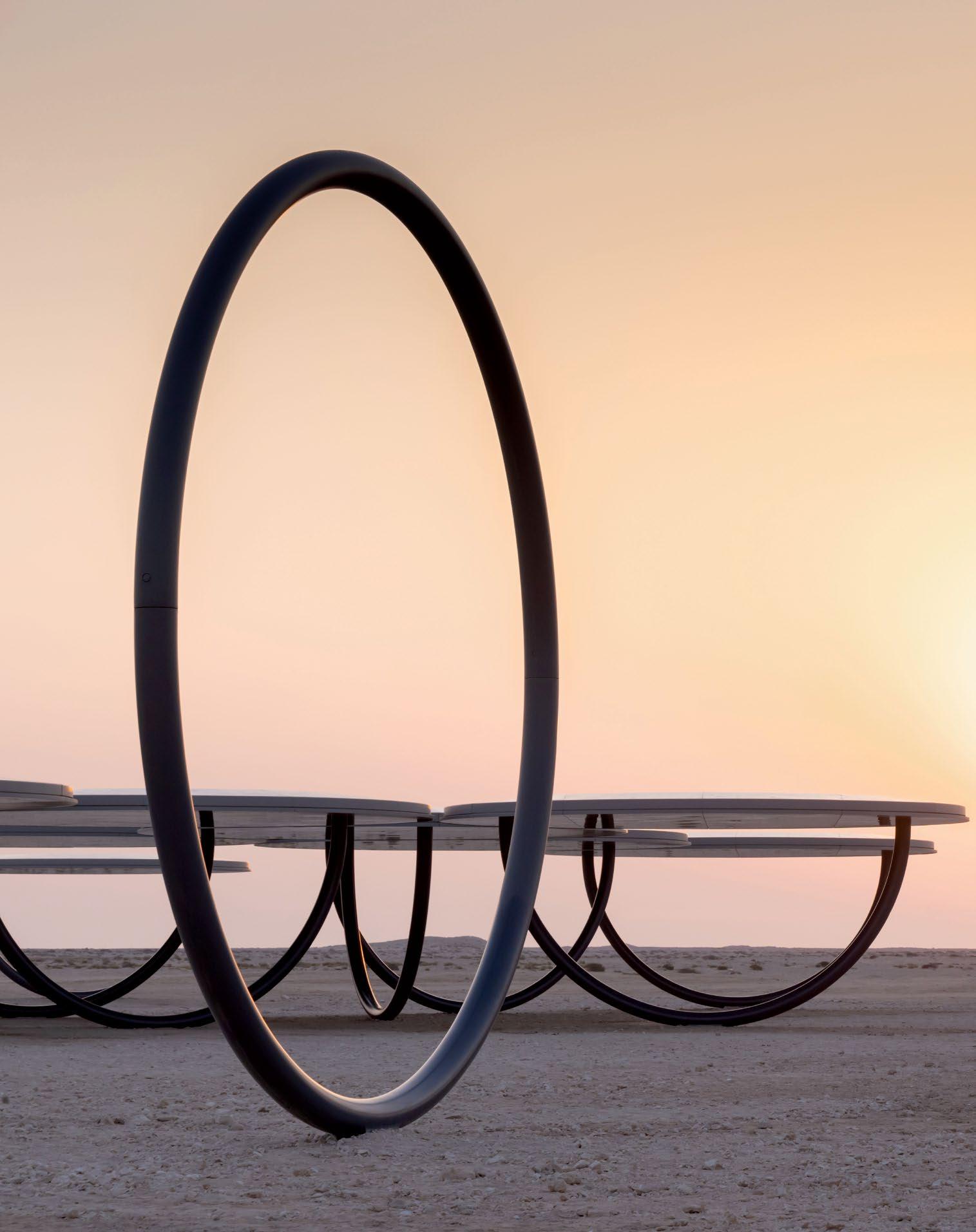
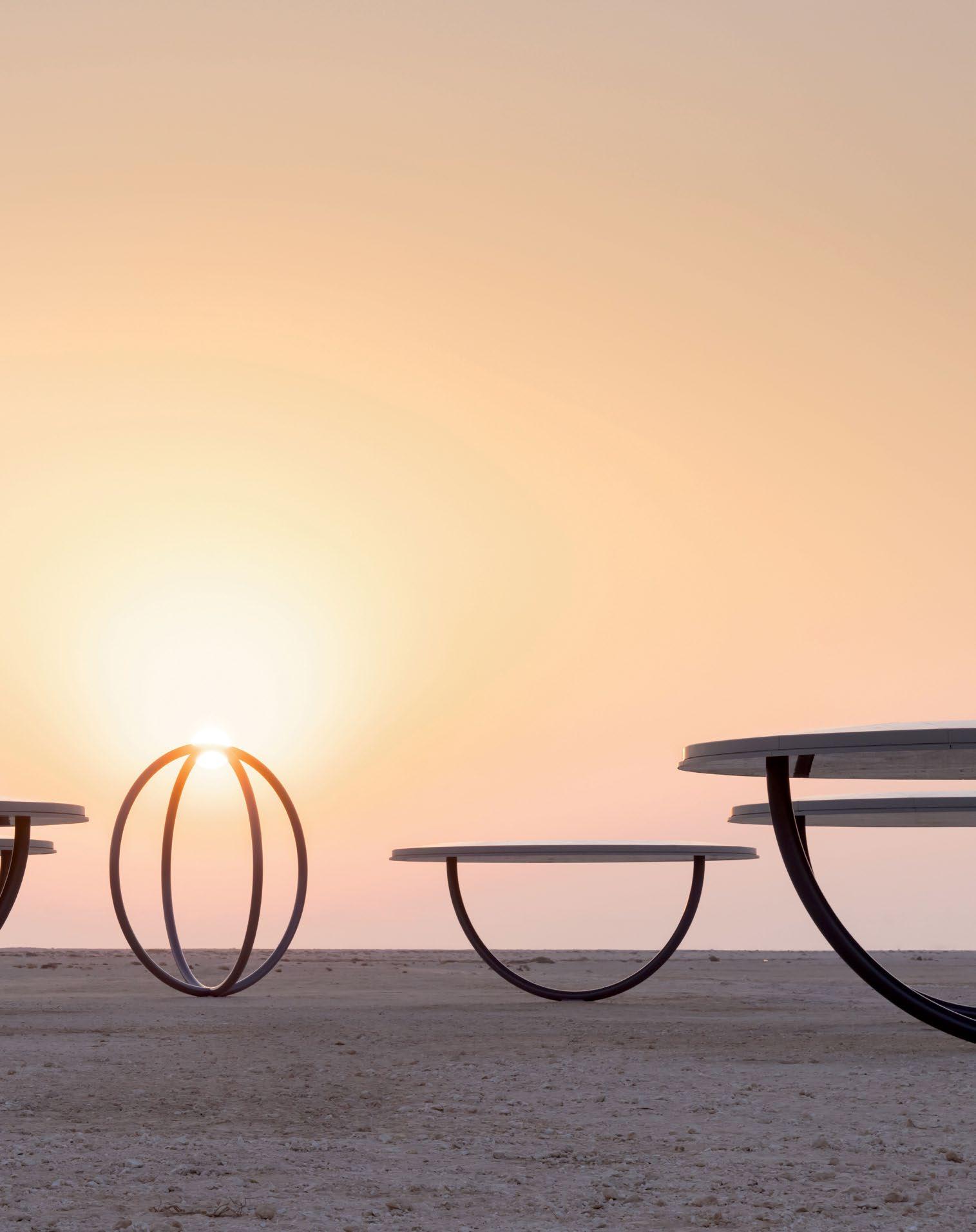
QATAR
26° 01' N,
51° 03' E
Extraordinary public art pops up all over Qatar’s capital city of Doha—home to both Four Seasons Hotel Doha and Four Seasons Resort and Residences at the Pearl-Qatar. But two unexpected monumental sculptures are worth seeking out in the country’s remote desert. Richard Serra’s steel monoliths loom over the sands of the Brouq Nature Reserve, while Olafur Eliasson’s Shadows Travelling on the Sea of the Day (shown) in Al Zubarah uses mirrors and metal rings to create a disorienting yet dazzling experience. —Nicola Chilton photograph by IWAN BAAN
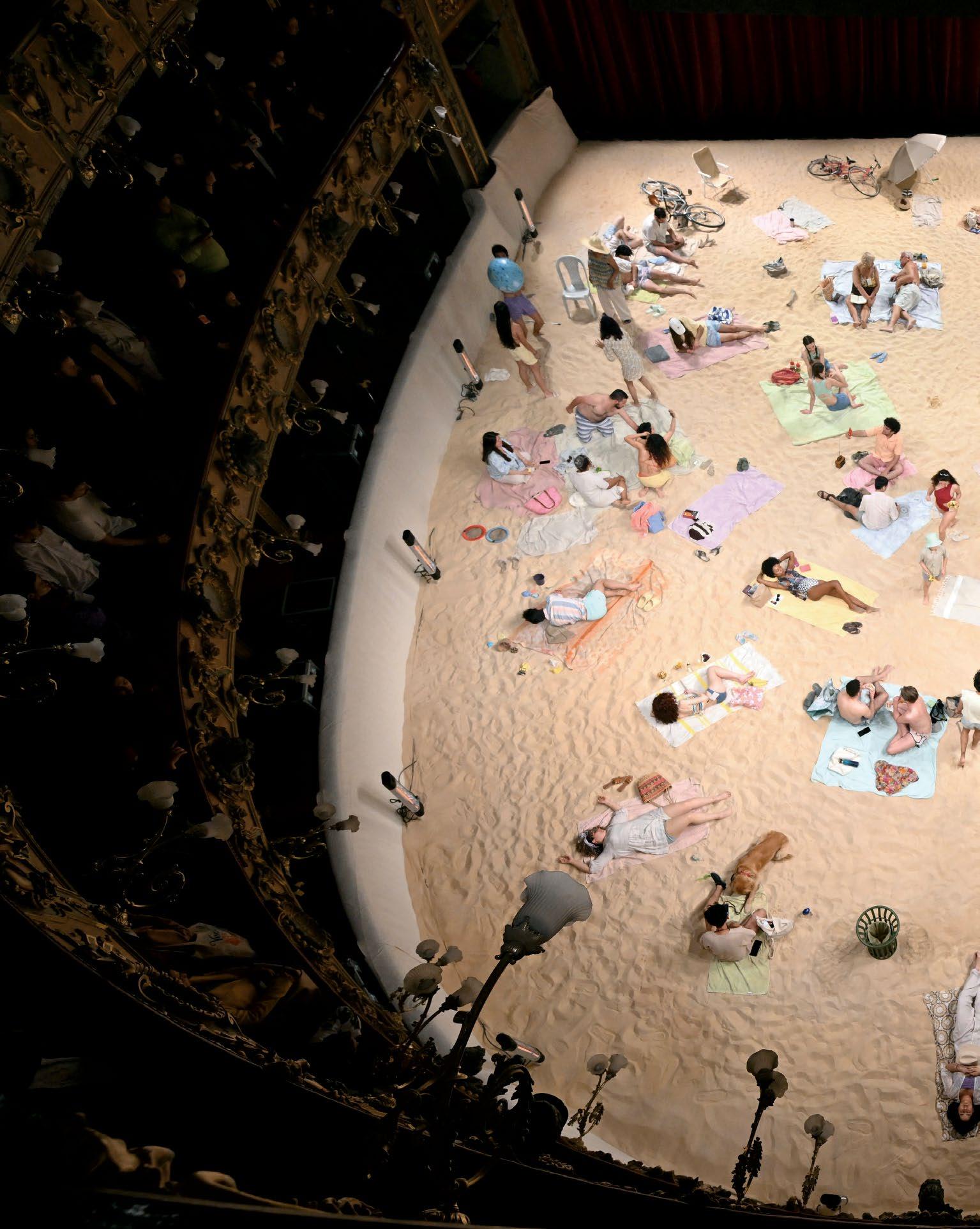
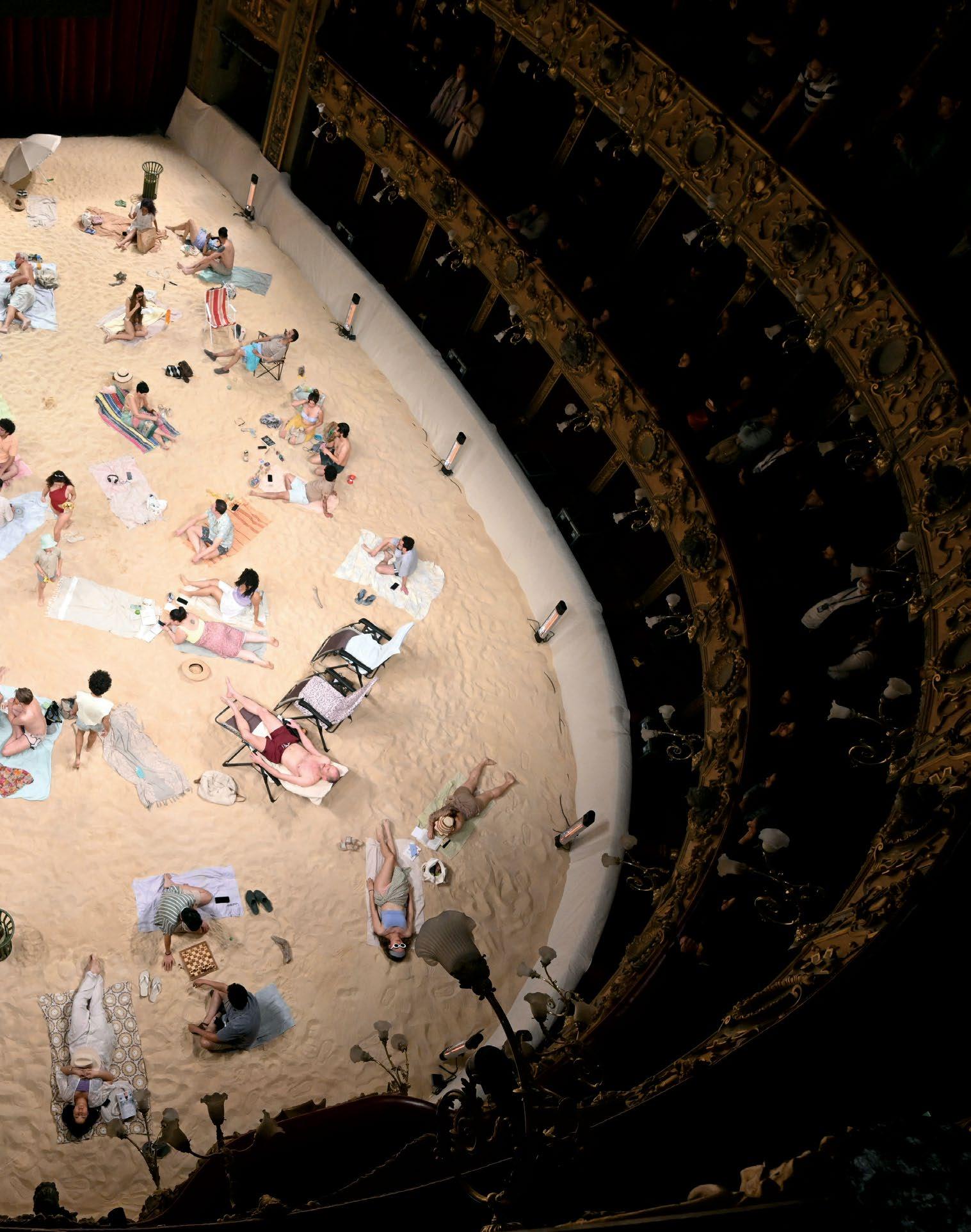
59' N, 74
07' W
Opened in 1908, the sumptuous Teatro Colón in Bogotá recently hosted performances of the opera Sun & Sea, a climate-change saga set on a faux beach. Located in the Colombian capital are Four Seasons Hotel Bogotá and Four Seasons Hotel Casa Medina Bogotá. photograph by
RAUL ARBOLEDA

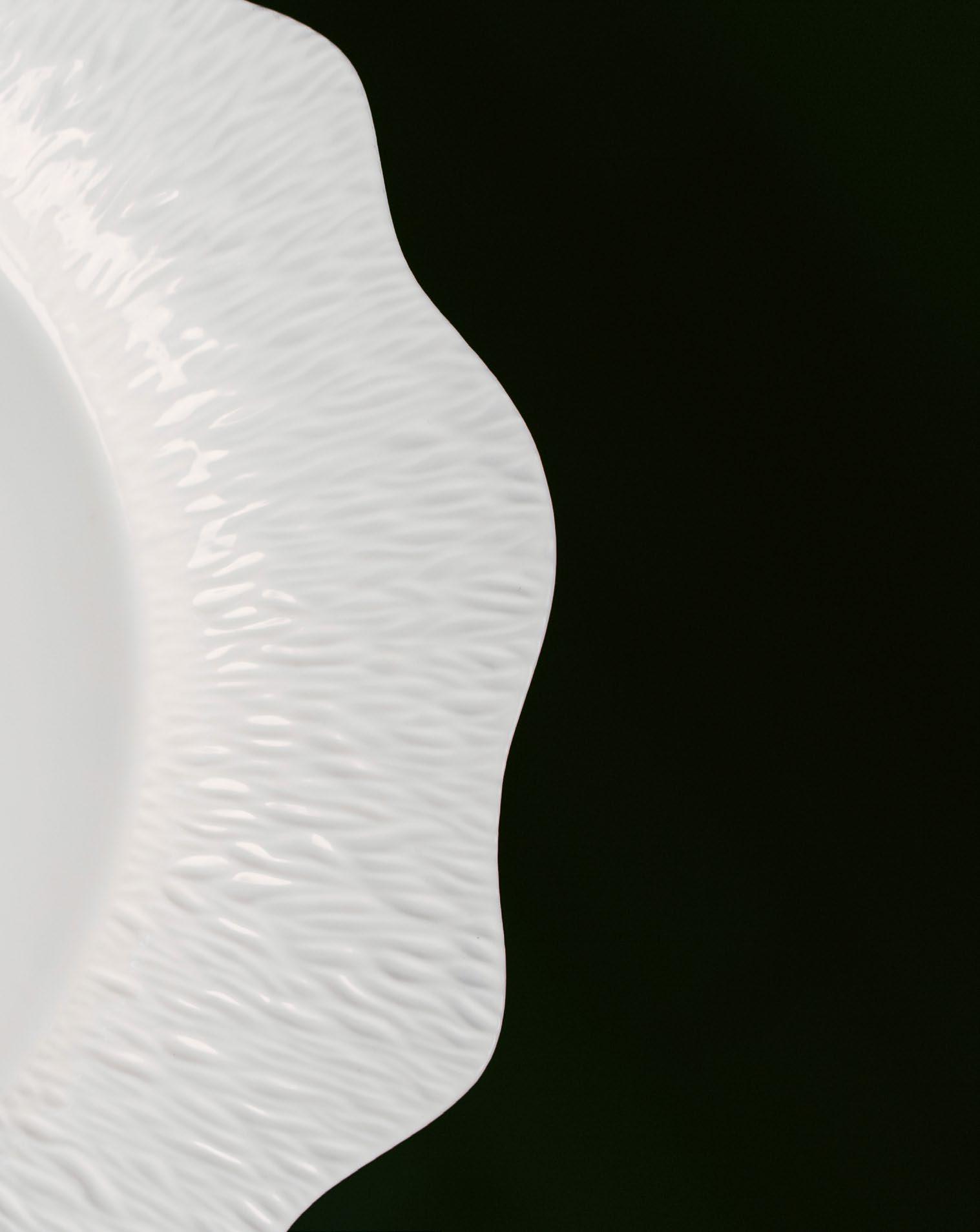
NAPA VALLEY
38° 35' N, 122 ° 34' W
At Michelin-starred Auro at Four Seasons Resort and Residences Napa Valley, elevated indulgences have included chef Rogelio Garcia’s Abundancia Chocolate Crémeux dessert with buckwheat brownie and seasonal fruit. One of the benefits of owning a Four Seasons Private Residence—in Napa and at properties around the world—is the ability to book personalized, private chef dinners cooked and served in the comfort of one’s own home.
photograph by ANNA CLARKE
IN FO C US

NEW YORK CITY
40° 46' N, 73° 57' W
The Frick Collection has emerged from a glorious renovation of its Beaux-Arts building and gardens in New York City, welcoming visitors to the second floor for the first time and featuring an exhibit of porcelain flower works by sculptor Vladimir Kanevsky. Located on East 70th Street between Madison and Fifth avenues, the esteemed museum is just blocks away from Four Seasons Hotel New York.
photograph by
JOSEPH COSCIA JR.
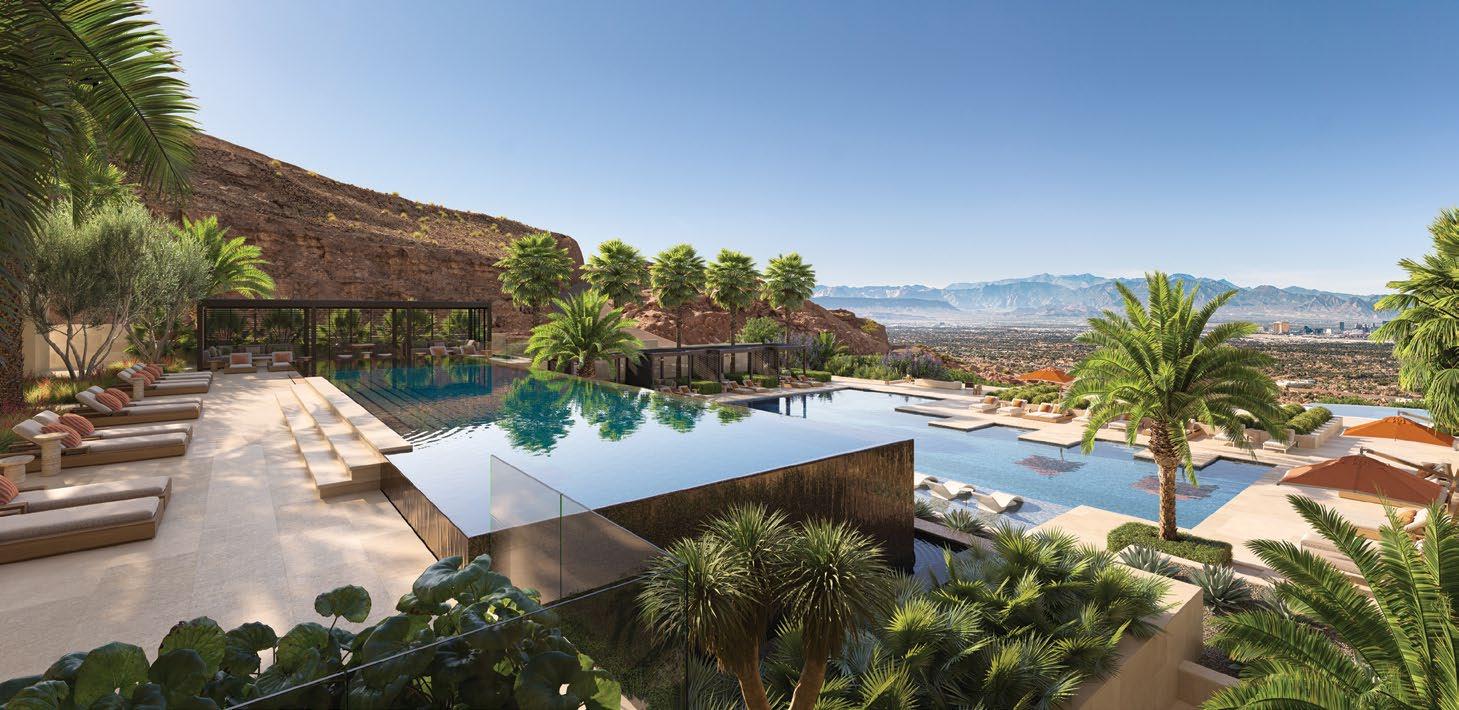
Welcome to Las Vegas’ Four Seasons Private Residences featuring the luxuries, comforts, beauty and legendary service Four Seasons is known for — all dedicated exclusively to the residents. Within this double-gated mountainside oasis, no detail was spared, including cinematic views of The Strip and the Valley from every estate-grade residence. This breathtaking property features over 90,000 square feet of Four Seasons amenities and 5-star services as well as a signature Wolfgang Puck restaurant, lounge, poolside grill and catering.








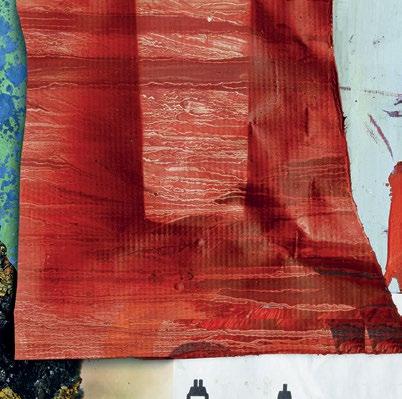











STYLE SPLASH
Seaside chic enjoys a maximalist interpretation in Versace’s La Vacanza Collection, the Italian label’s new summer fashions. Dario Vitale, the brand’s chief creative officer, has rendered iconic Versace motifs in sea and sand hues to create must-haves, like the Coral Theatre Silk Shirt (shown), that epitomize beachside glamour. Versace supports the reef restoration efforts of the Coral Gardeners nonprofit in French Polynesia. —Laurie Brookins




FOUR FINDS
1
2
3
4
Saint-Louis—crystal glassmaker since 1586 in France’s Moselle département—has released a collaboration with Nicolas Julhès, co-founder of Distillerie de Paris, which crafts gin, vodka, and rum in the French capital. The new Twist 1586 collection includes a decanter and long-stemmed glasses with Venetian ribs that guide the liquid to the mouth.
Fifty years after introducing the luggage line that has evolved into a travel icon, Tumi is celebrating its golden anniversary with a limitededition collection. Crafted of aluminum and adorned with the brand’s distinctive 19 Degree contours, the series consists of a carry-on, a briefcase, a minaudière, and a watch travel case, each in a hue dubbed Bullion Gold.
Ginori 1735 has debuted its latest collaboration with British artist Luke Edward Hall: a new chapter of “Il Viaggio di Nettuno” (The Journey of Neptune). The porcelain tableware takes its cue from Greco-Roman mythology, blending classical illustrations and contemporary design. Guests at Four Seasons Hotel Firenze can experience the craftmanship with a tour of the brand’s porcelain factory just outside of Florence.
The furniture and lighting gallery Ralph Pucci International is marking its 70th anniversary with Pure. The exhibition, which runs June 23 to September 21 at Château La Coste in Provence, showcases pieces including handcrafted designs (shown left to right) by Nina Seirafi, Elizabeth Garouste, and John Koga, whose works appear in Ralph Pucci’s Plasterglass Collection, a meeting of minimalism and texture. —Laurie Brookins


Global Legacy
IT’S BEEN TWO DECADES since the debut of Anthony Bourdain: No Reservations, the pioneering Travel Channel show in which chef and author Anthony Bourdain transported viewers to foodie destinations. His follow-up with CNN, Anthony Bourdain: Parts Unknown, became an even bigger hit, winning 12 Emmy Awards. Seven years after Bourdain’s tragic death in 2018, both the show and its charismatic host retain a strong hold on global culinary culture. Here are three groundbreaking locales that he championed—and would surely still adore.
CHIANG MAI Thailand formed an integral part of Bourdain’s early culinary education, and he demonstrated his appreciation for the nation by twice descending upon Chiang Mai to detail its distinctive embrace of fiery spices, organ meats, leafy vegetables, and (lots of) sticky rice. “I still get people who stop me in the street and tell me the reason
they came here to eat is because of Tony’s show,” says chef Andy Ricker, who accompanied Bourdain on his visit to the city in northern Thailand for a 2014 episode of Parts Unknown. (Bourdain had previously visited Chiang Mai on his show A Cook’s Tour.)
Home to the tranquil Four Seasons Resort Chiang Mai, the city is known for its iconic night bazaar, where hundreds of stalls satisfy every street-food craving, including hearty congee, freshpressed guava juice, and even fried scorpions. “Thai food is intensely regional. . . . Northern Thailand in particular has many distinctive features. Delicious, spicy, meaty, salty, sour, sweet, bitter,” said Bourdain, who tried everything from raw blood soup to braised pork leg on rice, served to him by the Cowboy Hat Lady, a street-food vendor who gained fame from appearing on Parts Unknown Ricker says Chiang Mai would still thrill Bourdain. “I would never profess to know Tony’s
tastes, but if he were to come here now, I’d recommend new places such as the Michelinlauded [restaurants] Rasik Local Kitchen and Navan Navan—along with Maadae Slow Fish and Chawee,” he says. “These are run by relatively young chefs who are . . . using local products and representing Thailand in a very personal way.”
CHARLESTON The South Carolina city twice received the Bourdain treatment, but it was during his second visit (in 2015 for Parts Unknown) that Charleston got its proper close-up. With its mix of colonial lore and Civil War history—along with its past as a slave-trading hub—Charleston’s legacy is complex and contested, and Bourdain’s eating and reporting reflected this often-fraught reality. He also saluted Charleston’s top chefs, including Sean Brock, who helped establish the city as a contemporary culinary capital with the opening of his seminal restaurant Husk in 2010. “Many people don’t talk about [slavery] because it is so shameful, but it needs to be talked about in order to heal,” Brock has said. The Bourdain visit “was a great example of food being able to start that conversation and hopefully start the healing process.”
At Fig, Bourdain learned about heirloom grains and their role in reinvigorating the Carolinas’ organic agricultural sector. With Brock at his side, Bourdain finished up in Charleston at Waffle House—known for deeply Southern staples, such as pecan waffles and pork chops. All are still going strong in Charleston, along with celebrated newcomer Renzo, a farsighted pizza joint named after the owners’ favourite architect, Renzo Piano. Due in 2028 is the arrival of Four Seasons Hotel and Residences Charleston in the historic district.
NEW YORK CITY In 2018, Bourdain highlighted Manhattan’s history-rich Lower East Side in what became the final episode of his career. The visit was laced with personal reflections and reminiscences about the neighbourhood’s former grit and its musical and artistic influence in the 1970s and ’80s, with icons ranging from rapper Fab 5 Freddy to Blondie’s Debbie Harry making appearances.
The episode showcased the unique blend of oldschool immigrant grub, quirky cafés, nostalgic momand-pop shops, and innovative restaurants that define the area, located a short cab ride from Four Seasons Hotel New York Downtown. There are simple crowd-pleasers, such as Ray’s Candy Store, a fixture on Avenue A that recently celebrated its 50th anniversary. Owner Ray Alvarez may now be in his 90s, but he still turns out the egg cream that Bourdain delighted over. He also dined on classic pierogi at the Ukrainian restaurant Veselka, fried pork chops and yellow rice at the beloved Dominican and Caribbean eatery El Castillo de Jagua, and Italian comfort dishes at Emilio’s Ballato. All continue to serve customers after decades in business, their persistence a heartening— and comforting—contrast to the fleeting cultural moments fondly remembered by Bourdain.
—David Kaufman


TWISTS ON THE SPEAKEASY
INSIDE FIVE HUSH-HUSH FOUR SEASONS HOT SPOTS.


1. 80 PROOF
Four Seasons Resort and Residences Jackson Hole
This hidden 750-square-foot bar offers an array of cocktails, zero-proof concoctions, wine, and beer. Maroon tiles, red velvet curtains, leather chairs, and soft lighting lend the space a low-key moodiness. FIND IT Through a door concealed behind a painting.
MUST-TRY “My favourite house cocktail to build is our Pedro Romero. Not only is the cocktail perhaps our most visually compelling, with multiple different coloured layers, but it also showcases a very unique glassware shaped as a glass powder horn,” says lead mixologist Nick Gatz.
2. BANDISTA
Four Seasons Hotel Houston
Inspired by the story of tequileros who smuggled liquor to the United States during Prohibition, this sexy-meets-swanky, 20-seat lounge has an impressive and extensive collection of tequilas, mezcals, and raicillas.
FIND IT Via a service elevator, through a kitchen, and, with a secret code, behind a bookcase. (Reservations are required.)
MUST-TRY The Almost Famous, featuring Los Siete Misterios Coyote mezcal, roasted pineappleand epazote-infused Dolin Génépy le Chamois, charred citrus, and Scarlet Aperitivo. The secret ingredient is “paparazzi,” says beverage manager Johnathan Jones. Yes, paparazzi. You’ll have to try it to find out just what that means.

3. CHARLES H.
Four Seasons Hotel Seoul
This buzzy, gleaming, glamorous drinking den is named after bon vivant Charles H. Baker, an American author known for his writings about cocktails. On July 31, a new eight-seat bar concept called the Lab of Fine Drinking: H. Bar will make its debut in the most discreet corner of Charles H. FIND IT Behind an unmarked door in the basement.
MUST-TRY The Birthday Boy, a citrus-flavoured drink “stirred on ice and poured into a glass decorated with gold leaf, then garnished with a piece of orange chocolate crafted by my marvelous pastry team,” says the head bartender of Charles H., Odd Strandbakken.

4. EPILOGUE
Four Seasons Resort Orlando at
Walt Disney World Resort
If the name doesn’t give away this bar’s luxe library theme, the card catalog holding the reservations certainly will. The selection of cocktails tells “the story of Florida’s heritage,” says lead mixologist Jaclyn Keogh.
FIND IT Once you make a reservation, you’ll be presented with clues to the bar’s clandestine location. A library card–styled electronic key opens the unmarked door.
MUST-TRY Epilogue keeps its menu confidential, but Keogh shares that one of the bar’s most popular cocktails uses several ingredients from local farms: “It’s a guest favourite because of its element of surprise.”
5. PROSPEROUS PENNY
Four Seasons Hotel Westlake Village
The vibe is old-school charm, complete with Chesterfield sofas and navy wood-paneled walls. “It’s the kind of place that makes you want to sit down, sip slow, and stay awhile,” says beverage manager Diego Torres.
FIND IT Via an unassuming, unmarked door off the lobby.
MUST-TRY Prohibition-era drinks with a twist. The bar takes classics (the bee’s knees, the sidecar, the old-fashioned) and elevates them “with house infusions, fresh herbs, or handcrafted syrups,” says Torres. —Fan Winston
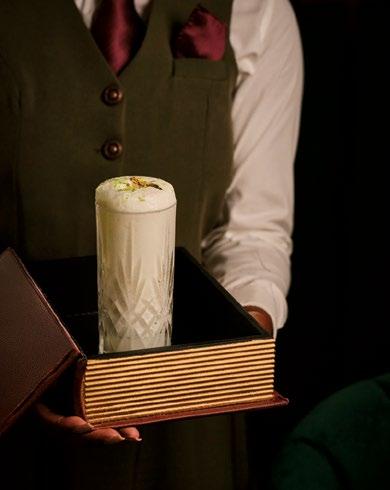

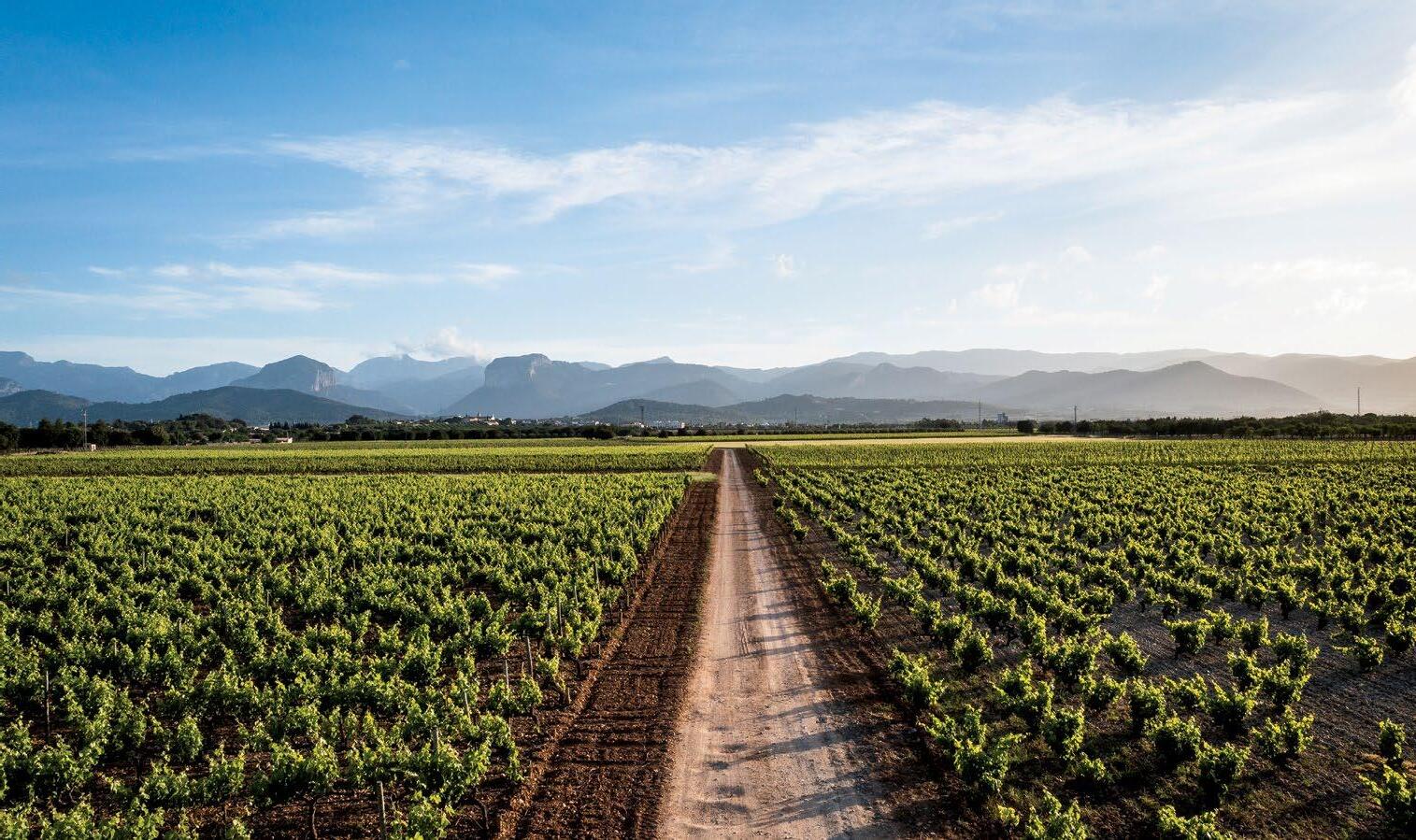
REVIVING MALLORCA’S ANCIENT GRAPES
VINEYARDS ON THE BELOVED SPANISH ISLAND OFFER A CHANCE TO SAMPLE VARIETALS FOUND NOWHERE ELSE ON THE PLANET.
FROM THE FIRST SIP, it’s an excursion for the palate—well balanced and elegant, with aromas of sun-ripened red fruit and a whisper of Mediterranean herbs that lingers on the tongue. This is Callet, one of Mallorca’s ancient grape varietals, and until relatively recently, it had all but disappeared. Now, thanks to a new generation of winemakers, the Spanish island’s indigenous grapes are making a comeback—and increasingly luring visitors away from the beach and into Mallorca’s vineyards.
Mallorcan winemaking dates back 2,000 years, and for centuries, wine was one of the island’s biggest exports. That tradition was upended in 1891, when the phylloxera plague swept through the Balearic Islands, decimating the viticulture industry. Only one winery had the foresight to graft its vines in time: Bodega Ribas. Established in 1711 and now helmed by siblings Araceli and Javier Servera Ribas (10th-generation owners), it’s the oldest continuously operating winery on the island.
Mallorca’s wine scene has boomed in recent decades, growing from just seven wineries in the 1980s to more than 100 today. That’s partly because tourism has surged on the sunny island, where Four Seasons Resort Mallorca at Formentor opened last year in a historic 1929 property.
The surge in visitors has, in turn, driven demand for hyperlocal gastronomy, explains Araceli Ribas. While Mallorcan winemakers once
produced Bordeaux-style wines to be served at the French bistros in Palma (the largest city on the island and the capital of the Balearic Islands), they now make whites based on indigenous Prensal Blanc grapes to complement caldereta de langosta (a local take on lobster stew) or Manto Negro red blends to sip with sobrassada (spiced cured sausage).
This emphasis on native varietals is also practical. Mallorca’s winemakers are passionate about working with the island’s Mediterranean environment, especially as climate change takes hold. “It’s common sense to use local grapes because they have been adapting to our climate for a minimum of 2,000 years,” explains Ribas. “They need less water to survive.”
Francesc Grimalt, co-founder of 4 Kilos vineyard and a key player in Callet’s resurgence, believes local grapes are making a comeback because they offer “personality” and a direct connection to the island’s distinctive terroir and topography. “When you smell the local varietals, you smell the Mediterranean forest,” he says.
A respect for the land is infused into the work of winemaking. The Ribas siblings, Grimalt, and their contemporaries increasingly practice lowintervention, organic methods and eco-friendly, innovative solutions, like seaweed-based fertilizer. In doing so, they’ve established Mallorca as one of the world’s most exciting wine destinations.

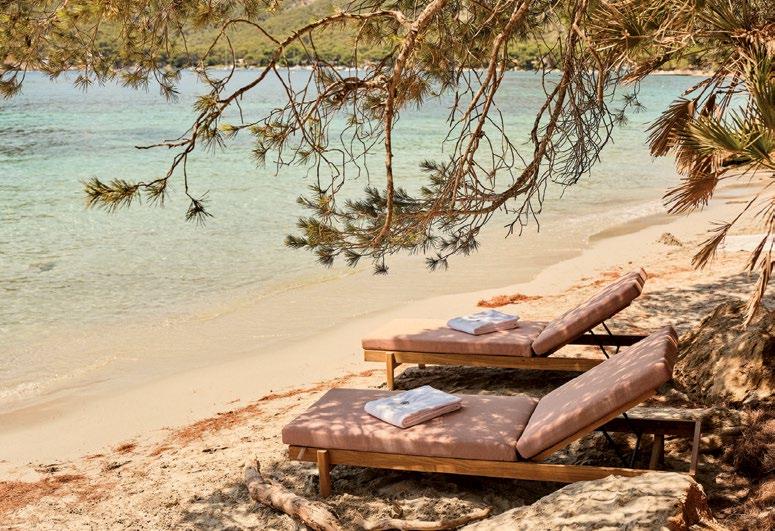


From far left: Vineyards at Bodega Ribas winery; the beach at Four Seasons Resort Mallorca at Formentor; 4 Kilos wine; workers amid the vines at Bodega Ribas. Right: Dishes from Noio (top) and Komo (bottom).
“This is the best moment in at least 50 years for Mallorcan wine,” says Gabriel Lucas Dimmock, a former flight attendant turned award-winning sommelier. “We are not using so many chemicals. The wines are a little bit softer, a little bit less alcoholic, a little bit more acidic.”
Of the 20 or so grape varietals native to the island, six are popular, Dimmock explains—three reds (Callet, Escursac, and Manto Negro) and three whites (Prensal Blanc, Malvasia, and Girò). If you’re wondering why you haven’t seen them at your local wine store, it’s probably because an estimated 60 to 70 percent of the wine produced in Mallorca is consumed on the island. What better incentive to visit? “If people from all over the world are coming here and drinking wine,” says Dimmock, “then we must be doing something right.” —Esme Benjamin
FROM VINE TO GLASS
FOUR SEASONS RESORT
MALLORCA AT FORMENTOR
The resort, where all 110 accommodations overlook the sea, has a 17-acre private vineyard on-site. Sample the varietals it produces—including Prensal Blanc, Giró Ros, and Callet blends—at the hotel’s restaurants, during a wine tasting with the sommelier, or in an “art in the vines” painting workshop.
BAR LA SANG
Swedish-owned Bar La Sang was the first in Mallorca to pour natural wines exclusively. Located in Arxiduc, a historic part of Palma, it’s a cozy stop for “funky wines” (as
sommelier Gabriel Lucas
Dimmock puts it) paired with small plates like sourdough toast with burrata and Cantabrian anchovies.
THE WINE SIDE
While the seafood-focused dishes at the Wine Side are simple but tasty, the gastrobar’s wine list is something special, according to Dimmock and Bodega Ribas’ Araceli Ribas. Expect a casual ambience and a thoughtfully curated selection of labels from Mallorca and the Iberian Peninsula.
BODEGAS JOSÉ L. FERRER
José L. Ferrer has been immersed in Mallorcan
winemaking since 1931, making it the second-oldest winery on the island after Bodega Ribas. Book a tour, a tasting, or even a full Mallorcan feast pairing the producer’s most popular wines with dishes like paella or crowd-pleasing tapas.
VINYES MORTITX
The Mortitx estate is situated in the Serra de Tramuntana, subjecting the grapes to distinctive microclimates that produce some of the most unique-tasting wines on the island. The vineyard views are equally distinctive. Dimmock recommends stopping by for a tour and tasting as the perfect end to a day of hiking. —E.B.

ISLAND FRESH
TWO SUBLIME SUSHI SPOTS DEBUT IN HAWAII.
NOIO Graced with the Hawaiian name for a subspecies of the black noddy seabird, the Big Island–based Noio is an intimate space perched above Four Seasons Resort Hualālai’s ‘Ulu restaurant. Chef Nuri Piccio’s delectable creations range from Japanese Wagyu tempura and sake-steamed chicken to the crown jewel, a sevencourse omakase experience.
KOMO For the new restaurant Komo—inside Four Seasons Resort Maui at Wailea—the Tokyoborn chef Kiyokuni Ikeda flies in a selection of fresh seafood each week from Japan’s Misaki Megumi Suisan. Komo’s signature Mystery Box is a choice way to experience Ikeda’s masterful, precise method with nigiri while enjoying the element of discovery.


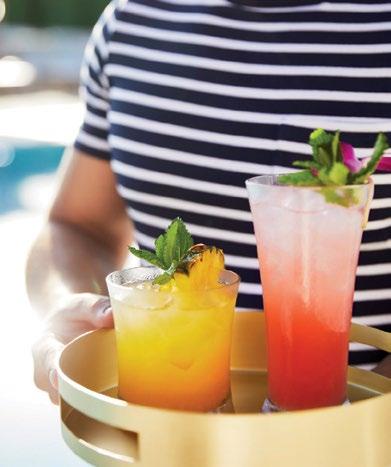
BON VOYAGE & BON APPÉTIT
A CONSTELLATION OF BEST-IN-CLASS DINING OPTIONS WILL DEBUT ABOARD THE NEW FOUR SEASONS I
FOUR SEASONS WILL SOON LAUNCH its eagerly awaited inaugural yacht, which will bring Four Seasons signature luxury hospitality to the open seas. The sleekly designed, 679-foot Four Seasons I—with 95 spacious suites (the largest accommodations in the class) and an impressive guest-to-staff ratio of oneto-one—will embark in 2026 on its maiden voyages, with itineraries in the Greek isles, the Adriatic, and the Rivieras.
Four Seasons I will be home to 11 restaurants, cafés, bars, and lounges, each with a distinct vibe and menu, according to Josh Becker, director of food and beverage operations for Four Seasons Yachts. In the mood for multicourse Japanese? Miuna will offer an intimate omakase experience. Planning a special evening? Sedna, the yacht’s flagship fine-dining destination, will boast a rotating roster of Michelin-star and Four Seasons master chefs. At Pistachio—a charming patisserie that wouldn’t look out of place in a Wes Anderson movie—mini fruit tarts, decadent viennoiserie, savoury quiches, and other Gallic delicacies are on the menu. On the Champagne & Caviar terrace, guests can gaze at the sunset while sampling caviar and sipping premium Champagnes. The yacht’s vault holds bottles from such revered houses as Salon, Krug Clos du Mesnil, and Bollinger. —Fan Winston

Four Seasons I will treat guests to a host of culinary venues and offerings. Top: A dish at Sedna. Above: Cocktail creations at Bar Piscine.

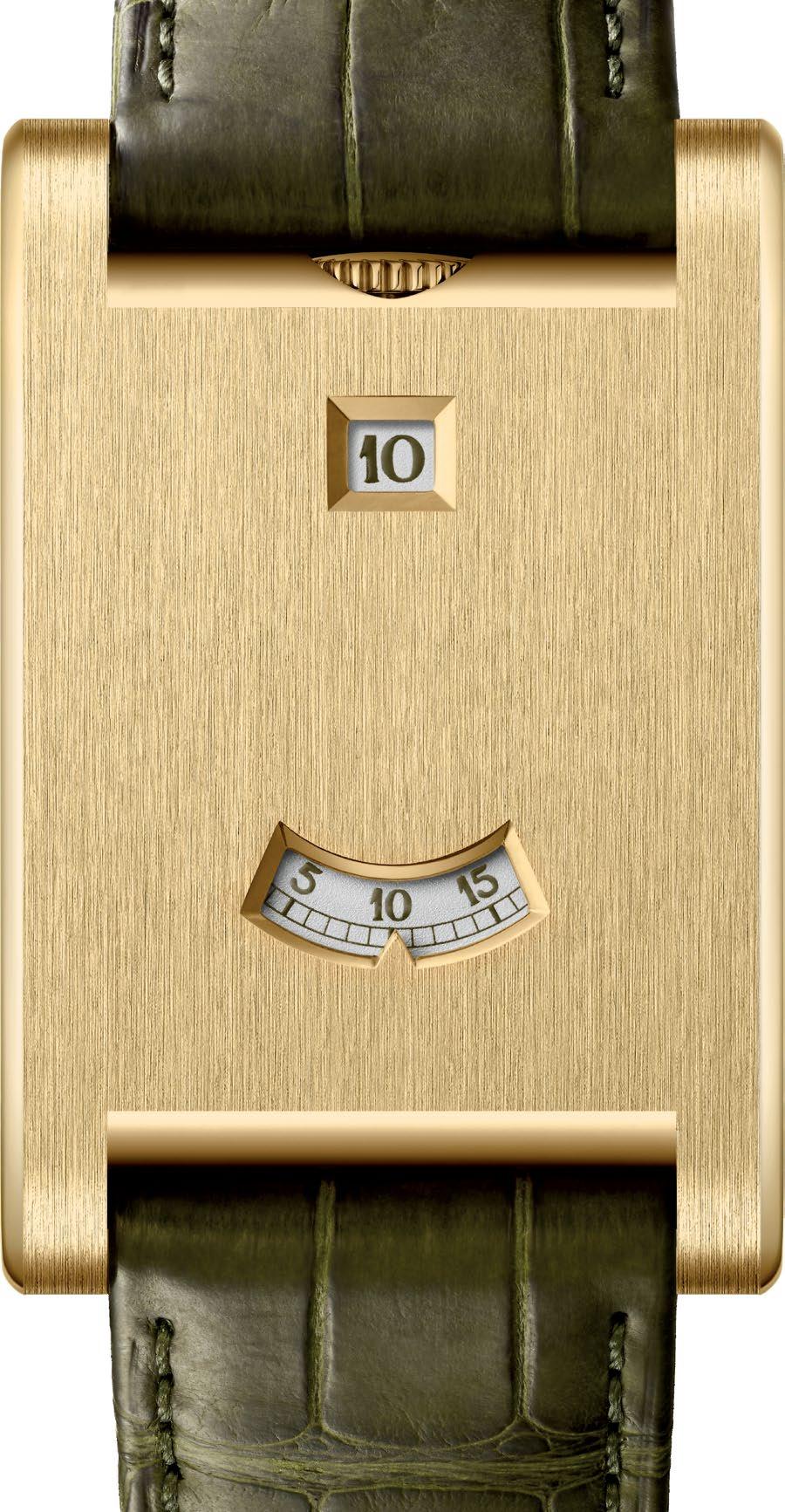
THE NEW
GOLD STANDARDS
2025’S MOST PRECIOUS TIMEPIECES.

AFTER YEARS OF STAINLESS STEEL being the metal of choice for luxury watches (think steely examples of the Rolex Daytona, Audemars Piguet Royal Oak, and Patek Philippe Nautilus), the tide is shifting to designs crafted in precious metals, especially gold. At this year’s Oscars, Timothée Chalamet, Sebastian Stan, Kieran Culkin, and Robert Downey Jr. brandished gold timepieces on the red carpet, and sale prices of pre-owned gold watches are on the rise. In Switzerland at the recent Watches and Wonders fair—during which Four Seasons Hotel des Bergues Geneva was abuzz with activity, from the rooftop Izumi restaurant for wasabi martinis and Nikkei cuisine to Il Lago for breakfast—standout watches gleamed in timeless gold, among them Rolex’s stunning new Perpetual 1908 dress watch and Chopard’s latest L.U.C model featuring a sublime astronomical moon-phase display. —Degen Pener
CLOCKWISE FROM LEFT: CARTIER Privé Tank à Guichets in yellow gold with jumping hour display. IWC INGENIEUR Automatic 35 with case and bracelet in 5N gold. CHOPARD L.U.C Heritage EHG Moon 122, in a limited edition of 20. ROLEX Perpetual 1908 with seven-link Settimo bracelet. A. LANGE & SÖHNE Odysseus Honeygold, with the movement visible through the sapphire caseback. PATEK PHILIPPE 4946R Annual Calendar in rose gold with satin-brushed brown dial.
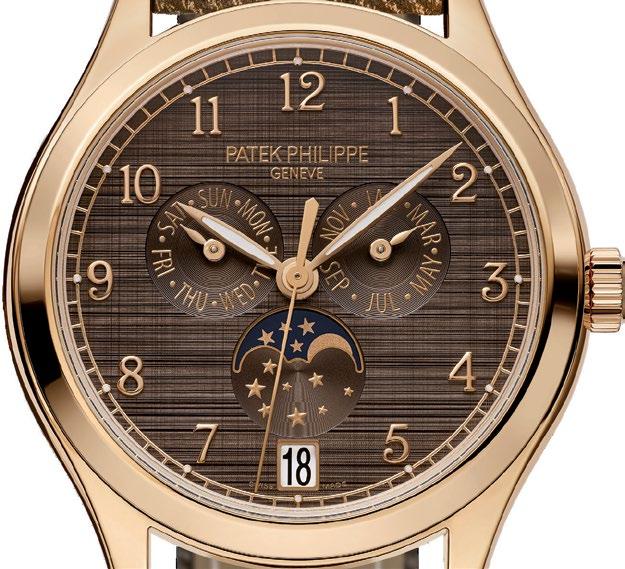


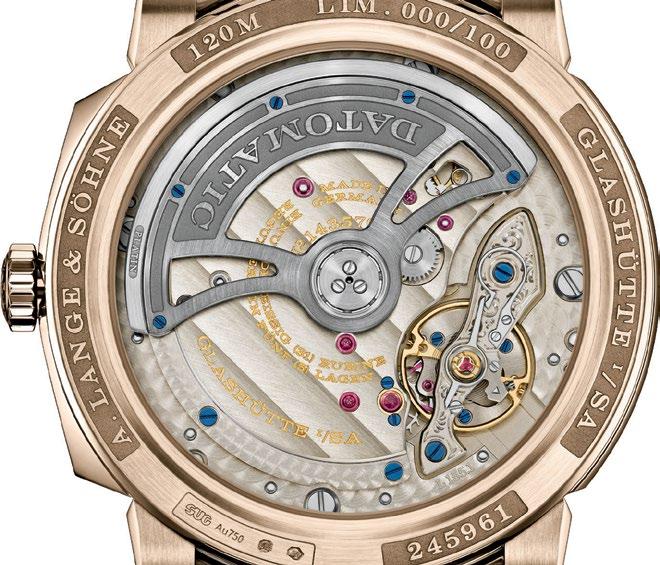

CULTURE LURE
TAKING IN THE MIDDLE EAST’S NEWEST ELEVATED ATTRACTIONS.
After a partial debut last fall, the GRAND EGYPTIAN MUSEUM (GEM) celebrates its highly anticipated full opening later this year. Housing more than 100,000 artifacts, including a colossal statue of Ramses II, and affording panoramic views of the Pyramids of Giza, the archaeological institution located outside Cairo will finally unveil the Tutankhamun Galleries, featuring thousands of items laid to rest with the boy king (he was nine years old when he assumed the throne) and displaying them together under one roof for the first time.
The Grand Egyptian Museum will make its eagerly awaited full debut later this year.

MARRAKECH’S MUSEUM OF AFRICAN CONTEMPORARY ART AL MAADEN (MACAAL) has just reopened after extensive renovations, with a collection of more than 2,500 works of modern and contemporary African art. The permanent exhibition Seven Contours, One Collection showcases pieces by emerging and well-established artists, including Mohamed Melehi, a key figure in the Moroccan modernist art movement of the 1960s.
In Bahrain, the PEARLING PATH is a 2.2-mile meander through sites related to the kingdom’s pearl-diving and trading history. Stops along the route range from grand to modest, including a humble diver’s home, merchant houses with carved plaster panels and stained-glass windows, and the new Siyadi Pearl Museum, featuring displays of spectacular jewelry and diary entries from Jacques Cartier’s journey to Bahrain in 1912 in search of the world’s best pearls. —Nicola Chilton
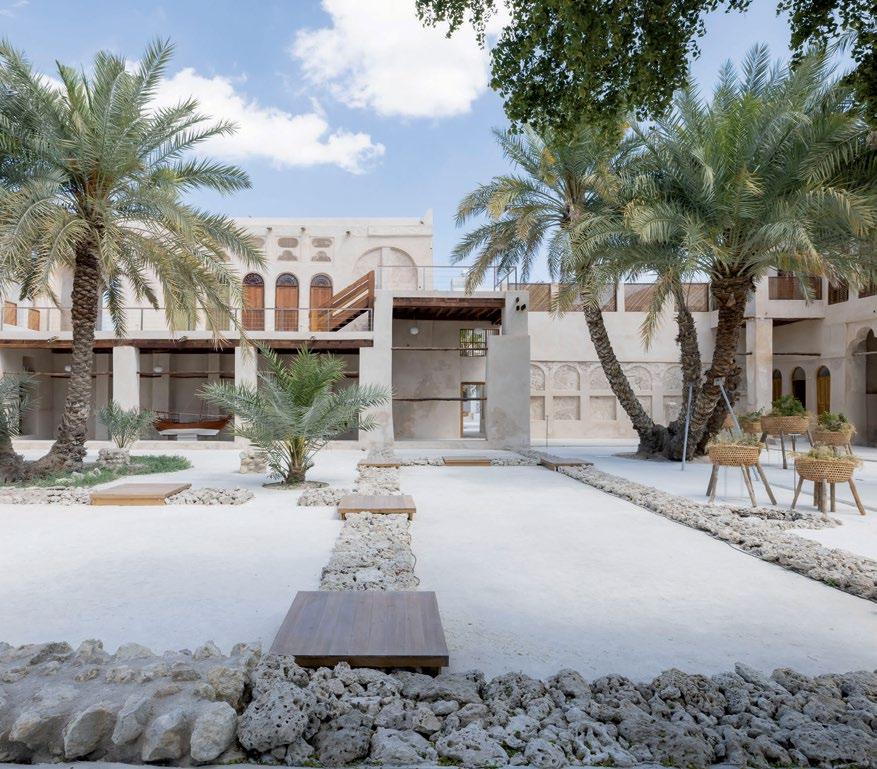



PRESTIGE GULF LIVING
Four Seasons Private Residences along the Arabian Gulf span three standout addresses—all in active sales, close to cultural attractions, and enhanced by highly personalized service.
ABU DHABI AT AL MARYAH ISLAND Located near the Louvre Abu Dhabi, the subtly chic Private Residences (shown) afford entry via a fluted-glass passageway and have stunning waterfront views.
BAHRAIN BAY Just a few minutes away from the historic Pearling Path site, the modern buildings that house the Private Residences connect to Four Seasons Hotel Bahrain Bay by private pedestrian bridge.
THE PEARL-QATAR The Private Residences feature penthouses and one-, two-, and threebedroom options designed in contemporary style highlighted by traditional Middle Eastern motifs. It’s an easy jaunt to Doha’s many museums, including the National Museum of Qatar.
Clockwise from top left: Inside the main galleries at GEM; Fakhro House in Bahrain, on the Pearling Path; Farid Belkahia’s Femme (1980) and Ahmed Cherkaoui’s YA’SIN, Paris 1965, at MACAAL.
CREATORS OF



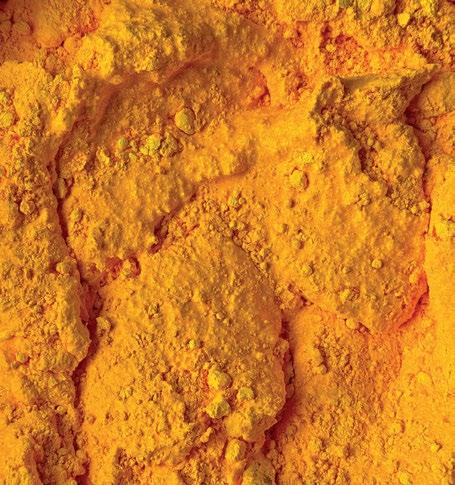

THE WORLD’S OLDEST PASTEL MAKER SELLS FROM A TINY SHOP IN PARIS THAT’S OPEN ONLY ONE AFTERNOON A WEEK.
TUCKED AWAY IN PARIS’S 3rd arrondissement is a sanctum of colour. There, Isabelle Roché and Margaret Zayer, the chatelaines of La Maison du Pastel, serve the business’s devoted patrons with the kind of rare attention that only the stewards of a 300-year-old house can provide.
Over the centuries, pastelists have shared their colour wish lists with the proprietors, who’ve scribbled notes about each request and spent years, if not decades, honing the tonal hues. In the late 19th century, chemist Henri Roché acquired the house and perfected formulas for binding powdery pigments in sticks of lightfast, luminous colour. He consulted such artists as Edgar Degas, who sketched pink-toned ballerinas in fluid poses, their fans and costumes lit with yellow and blue, and James McNeill Whistler, who touched his drawing of windows over a narrow Venice canal with aqua, crimson, and olive.
When Isabelle Roché, a distant relative of Henri’s, took over the business 25 years ago, she inherited its legacy of craft. She set about reviving the house, sifting through vintage pigments and papers to learn pastel-making, which involves turning taffy-like batter into small batches of hand-rolled sticks.
Fifteen years ago, Zayer joined the maison as an intern and went on to oversee colour formulation. The two come to Paris once a week from their atelier in the countryside to open their shop on Thursday afternoons for just four hours.
“The colours are just beyond,” says fashion illustrator Richard Haines. “It’s like buying a box of bonbons—a delicious piece of Paris.” Recently, the maison’s palette surpassed 2,000 colours. The hues draw both artists and fashion designers (Karl Lagerfeld had a set), and devoted patrons know their favourites by their numbers or evocative names like Scarab and Flamboyants. A new line of fluorescent pastels debuts this summer, promising to ignite creativity in ways yet to be seen. —Elizabeth McMullen





The centuries-old business La Maison du Pastel creates hand-rolled sticks of colourful pigment; artists, designers, and other devoted patrons flock to the Paris store to source their favourites.


BALI BLISS

SKY-HIGH GASTRONOMY
THE CHEFS ON BOARD THE PRIVATE JET EXPERIENCE BRING THE LEGENDARY SERVICE OF FOUR SEASONS TO THE AIR.
FAR MORE THAN SIMPLY a way to get from one destination to the next, Four Seasons Private Jet Experience is handled with the same personalization and genuine care that guests staying in Four Seasons hotels and resorts have come to expect.
Designed for connection (when desired) and relaxation, the customized Airbus 321 is one of the widest and tallest cabins in its class, with amenities that include cashmere throws atop each of the 48 Italian leather flat-bed seats, Codage products, and Bose headphones.
Dining at 30,000 feet is a prime element of the experience. On board, executive chefs prepare curated culinary journeys for every passenger. On a recent trip, guests enjoyed a caviar tasting that included twoounce tins of osetra with fresh blini, plus freshly baked bread and vegetable crudités. On another leg of the journey, the chef prepared tuna tartare topped with caviar and black truffles, followed by branzino with white bean pistou. Cocktails designed by Four Seasons mixologists take inspiration from the destinations the jet visits, and Dom Perignon flows. (A 20-day jet journey uncorks on average 100 bottles.)
The upcoming Asia Unveiled itinerary will take guests on a 16-day adventure through Tokyo, Bhutan, Bali, and more. Another journey, World of Wellness, is a 20-day, eight-destination sojourn through such locations as Koh Samui, Taormina, and Maui that incorporates wellness activities both aboard and off the jet, including meditation and massages by a Four Seasons–trained therapist. Add those exquisite meals, and flying transcends simple transportation; it becomes a re-creation of the Four Seasons experience in the sky.
—Degen Pener
THE ISLAND’S MOST IMMERSIVE NEW WELLNESS EXPERIENCE.
The Indonesian island known for yoga retreats and spa escapes is more attuned to well-being than ever before, thanks to a new six-night immersion across two distinctive Four Seasons resorts. The escape draws inspiration from the fundamental Balinese concepts of sekala, the tangible or visible, and niskala, the intangible or invisible. “I see it as an awakening journey,” says regional director of spa Luisa Anderson in reference to The Seen to the Unseen, which takes guests from the oceanfront Four Seasons Resort Bali at Jimbaran Bay to Four Seasons Resort Bali at Sayan, located in a river valley near Ubud.
The physical body is the primary focus at Jimbaran Bay, where classes and treatments at the Healing Village Spa include AntiGravity yoga, Pilates, massage, volcanic mud masks, ice baths, and infrared therapy. After a transfer to Sayan, guests have their spirits soothed at the Sacred River Spa with chakra ceremonies and mystical therapies, among them the gentle Restu Bumi ritual featuring Balinese instruments such as the gong and the sacred genta bell. Says Anderson, “It feels like Mother Bali cradling me in her arms.” Kathryn Romeyn n

Four Seasons Private Jet Experience
Four Seasons Resort Bali at Sayan


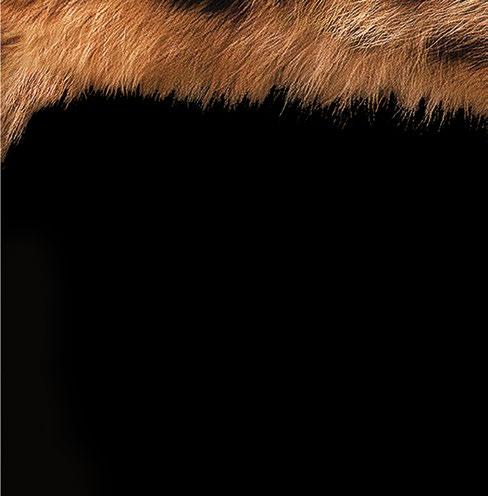

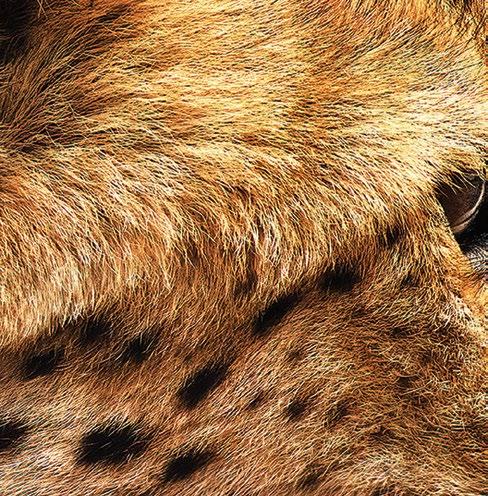
































































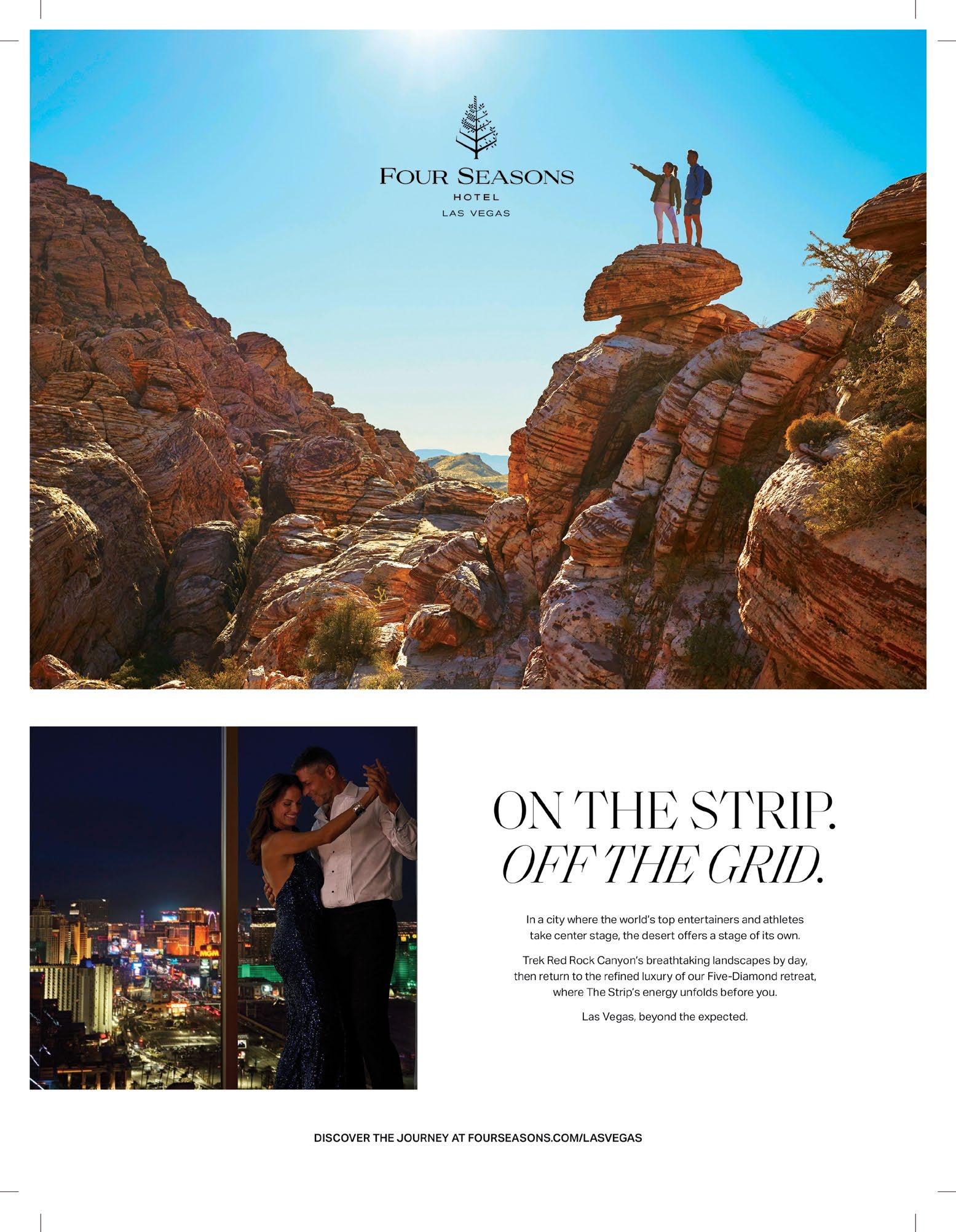

Pichaya Soontornyanakij BANGKOK
THE BEST FEMALE CHEF OF 2025 REVEALS HER GO-TOS IN THAILAND’S BUZZING CAPITAL.
Known as Chef Pam, Soontornyanakij helms Potong, her fine-dining flagship in the capital.
Photograph by CHRIS SHALKX


PICHAYA “PAM” SOONTORNYANAKIJ, known as Chef Pam, is the Thai chef and restaurateur behind Potong, her 36-seat fine-dining flagship in Thailand’s capital city. Recently named the World’s Best Female Chef by the World’s 50 Best Restaurants, she is the first Asian chef to win the title—the latest of many accolades she has earned since winning Les Disciples d’Escoffier’s Asia Youth Hope Cooking award in 2011.
Raised in Bangkok with Thai, Chinese, and Australian heritage, Chef Pam studied at the Culinary Institute of America, then honed her budding talent at Jean-Georges, the New York City flagship of chef Jean-Georges Vongerichten. There, his “philosophy of food” influenced her, she says. “It was eye-opening to see that Thai ingredients could combine with butter and cream and create new flavours with new complexities.”
It’s a lesson she’s applied to her growing empire of Bangkok restaurants, comprising Potong—No. 13 on the World’s 50 Best Restaurants 2025 list— which she opened in 2019 in the building that had been her family’s century-old pharmacy; Opium, a hidden bar in the same building; Khao San Sek, a casual Thai eatery; Tora, a Japanese izakaya; Smoked, for Texas-style barbecue; La Copita, a new agave bar; and her latest, Ra-O, a reimagined Thai grill. Here, she shares some of her other favourite places in and around Bangkok. —Pavia Rosati


SAI NAM PHUENG NOODLE SHOP
“Rung Rueang is my favourite noodle place, but everyone knows about it and it’s always busy. The other noodle place I love, Sai Nam Phueng, is very underrated and not as well known. It’s a simple, family-run place where everything is done well, especially noodles with stewed chicken wings. It’s addictive. I always have three bowls.”
NUSARA “My favourite Thai restaurant is right across from Wat Pho, and when you dine, you’re looking out onto the temple illuminated beautifully at night. My favourite dish is their take on pad krapow stir-fried beef with Thai holy basil, only they make it with short rib so it melts in your mouth.”
SONG WAT ROAD “This up-and-coming area in Chinatown, very close to Potong, has a lot of history. Centuries ago, it’s where boats and ships came to trade their goods. Today, the area has become very hip because a new generation that appreciates the history has converted old warehouses into cafés, galleries, and shops. Locals and tourists who appreciate the culture and
heritage are coming. People don’t want to go to malls anymore; they want to see local coffee roasters and local chocolatiers. There’s a strong neighbourhood vibe—Song Wat was just named [one of] the coolest communities in the world.”
KOH KRET “When someone visits me and wants to do something new, I take them to Koh Kret, a tiny island an hour from Bangkok, where they specialize in clay pottery and speak their own language. A one-minute boat ride across the river, it’s like a country within Thailand. We’ll go to Chit Beer, a craft brewery.”
FOUR SEASONS HOTEL BANGKOK AT CHAO PHRAYA RIVER “Every time I go to the hotel, I’m greeted by name. I feel the warmth. I love BKK Social Club, where [beverage manager] Philip Bischoff is so welcoming; he’s become a good friend. He comes to our bars, and I go to his. I don’t place an order—I have whatever he mixes for me. And Cafe Madeleine is also amazing: [executive pastry chef] Andrea Bonaffini’s pastries taste as good as they look.” n
Clockwise from above: Chef Pam; BKK Social Club at Four Seasons Hotel Bangkok at Chao Phraya River; the Reclining Buddha at Wat Pho; Damnoen Saduak Floating Market, southwest of Bangkok, which she recommends visiting “to see how things were . . . when they [traded] on the canal.”

RodolfoLavrador LISBON
THE CHEF OF CURA SHARES HIS MUST-VISIT SPOTS IN THE PORTUGUESE CAPITAL.

ODOLFO LAVRADOR STUDIED LAW before he considered working in a kitchen. “I’ve always loved gastronomy,” he says, “but it was only after attending my first cooking class that I realized—this is what I want to do, forever.”
The Portugal native went on to work in Michelin-starred restaurants in New York and London. A few years after returning to his home country, he was invited to join Four Seasons Hotel Ritz Lisbon.
Dating to 1959, the hotel occupies a Le Corbusier–inspired building enfolded into the vast canopy of the adjoining Eduardo VII Park. Four Seasons Hotel Ritz Lisbon spotlights works by renowned Portuguese artists, from oil paintings to impressive azulejo (tile) panels.
This proud Portuguese spirit flourishes at the property’s Michelin-starred restaurant, Cura, where Lavrador took the helm earlier this year. “We’re in Lisbon, and I want people to taste the place, but I also want to play with expectations—and for people to have fun,” he says. His cuisine is deeply tied to Portugal’s culinary traditions, taking diners on a tour of the country from north to south. Fish and seafood take center stage in dishes such as line-caught sea bass with cuscos transmontanos (Portuguese couscous), cockles, and beach spinach, a soft explosion of layered textures and resonant flavours.
To discover more local flavour, we asked Lavrador about some of the best things to do in Lisbon. —Helena Amante


GAMBRINUS “In my free time, what I love most is going to restaurants, so it’s hard to pick just one. But I’ll suggest Gambrinus, a Lisbon classic I’ve been going to for as long as I can remember. I love their crêpes suzette—an absolute must. My parents always tell this story from when I was a kid and got scared by the fire at the table!”
PRÍNCIPE REAL “One of my favourite neighbourhoods in Lisbon. The area is lively and full of contemporary shops and restaurants. In the main square, there are typical kiosks where you can grab a coffee and relax. A highlight is the National Museum of Natural History and Science, with its lush gardens.”
MERCADO DA RIBEIRA
“As a chef, I spend a lot of time in markets. I go to several regularly, but for someone visiting the city, I think Mercado da Ribeira is the best choice. It brings together good restaurants and stalls with fresh produce, fish, and flowers.”
CENTRO DE ARTE
MODERNA GULBENKIAN
“I love the new art center at the [Calouste] Gulbenkian Foundation, nestled in beautiful gardens after a major renovation by Japanese architect Kengo Kuma. I go often since it’s close to the Ritz, and the atmosphere is so peaceful and beautiful.”
SERRA DA ARRÁBIDA “About an hour’s drive south of Lisbon,

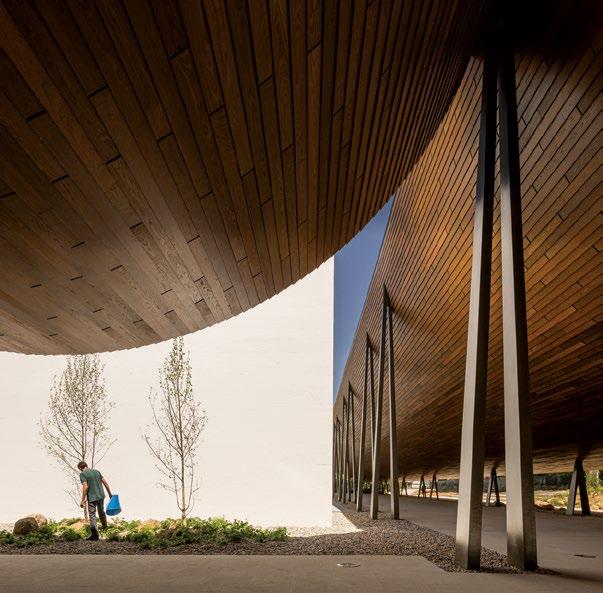
the beautiful Arrábida mountains, part of a natural park, are definitely worth a visit. They hide stunning beaches tucked between forested hills, offering a striking, unique landscape. The road that leads to the beaches, winding through the mountains, is so scenic—you really feel very far from the city.” n
“It was only after attending my first COOKING class that I realized—this is what I want to do, FOREVER.”
PRÍNCIPE REAL
CENTRO DE ARTE MODERNA GULBENKIAN
CURA
RED PRAWNS WITH BEETROOT, QUINOA, AND LEMON THYME AT CURA

THE CERAMICIST OFFERS HIS INSIDER’S GUIDE TO THE EXHILARATING CITY.
Gaìtan in his studio at the Bakehouse Art Complex.
Photograph by
LAUREN MARTHA BOUZA


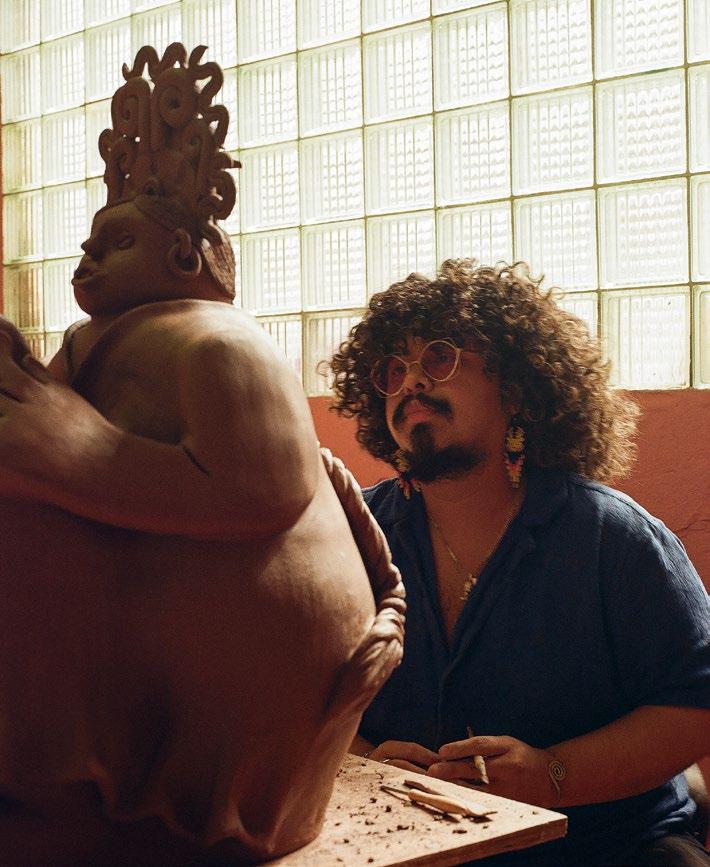

WHEN CERAMICIST JOEL GAÌTAN was growing up in Hialeah, in Miami-Dade County, he was surrounded by reminders of his Nicaraguan roots. His grandfather kept a collection of paintings of the country’s volcanoes and lakes alongside carved wooden art, while his grandmother taught him to make tortillas from scratch—not just the ingredients, but also the rhythm. “The experiences with them and Nicaragua’s rich ceramics history naturally led me to clay,” he says.
Now residing in Miami’s Little Havana neighbourhood, Gaìtan still calls on the traditions of his family and friends, their personal stories, and ancestral knowledge to shape his terra-cotta sculptures and other works into something that holds both past and present. Among his career highlights to date was the 2023 solo exhibition of his work throughout the public spaces at Rockefeller Center in conjunction with Art Production Fund. Here, the artist shares some of his favourite spots in and around Miami, which he calls “nostalgic, heat, and definitely its own country.” —Nick Pachelli
RUBELL MUSEUM “It holds an incredible collection of artists I deeply admire and has been a cultural pillar in Miami for years.”
BAKEHOUSE ART COMPLEX “It’s where my own studio is. Bakehouse is housed in a former
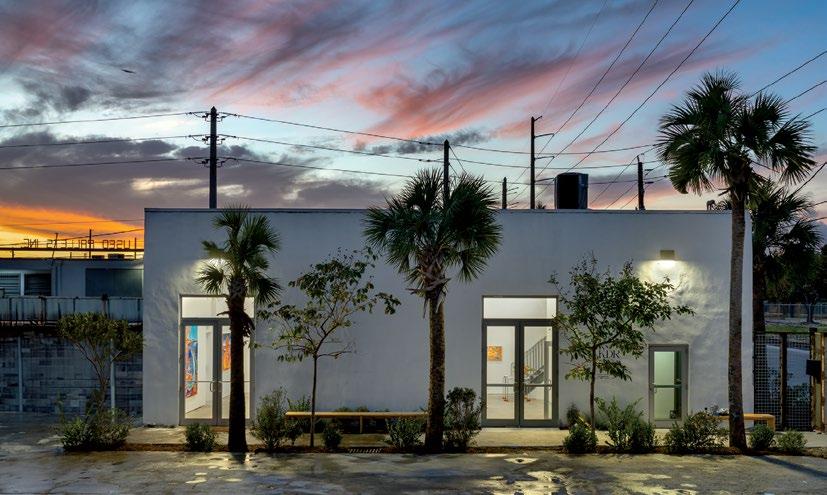
Art Deco–era bakery and has been a home for local artists for decades. A great place to experience Miami’s art scene and the community that drives it.”
ENRIQUETA’S SANDWICH SHOP “One of Miami’s favourites is Enriqueta’s Sandwich Shop over at Edgewater for delicious coffee and Cuban food. There’s nothing like sharing a colada and a moment of conversation. Outside of Cuban coffee culture, I’ve also really been enjoying Caracas Bakery—Venezuelan pastries and all-day café menu. And Nicaraguan food spots like Yambo and Guayacan, of course.”
GRAMPS GETAWAY “This waterfront bar and restaurant in the [Rickenbacker] marina has great views, drinks, and incredible food.”
SALSA NIGHTS AT HOY COMO AYER
“You can’t come to Miami and not dance.”
MIAMI SOUND BAR “Gorgeous vinyl spinning all night and cocktails that seriously hit the spot!” n

To create his sculptures, Gaìtan draws on family traditions and ancestral knowledge. Below: Figura Femenina En Manolo Blahnik y Kidsuper (2024) in terra-cotta, gold luster, and glaze.
Clockwise from above: Gaìtan at work in his studio; drinks at the Miami cocktail bar Over Under, where “the burger is a must-have,” he says; KDR gallery, an exhibitor of the ceramicist’s art.


















































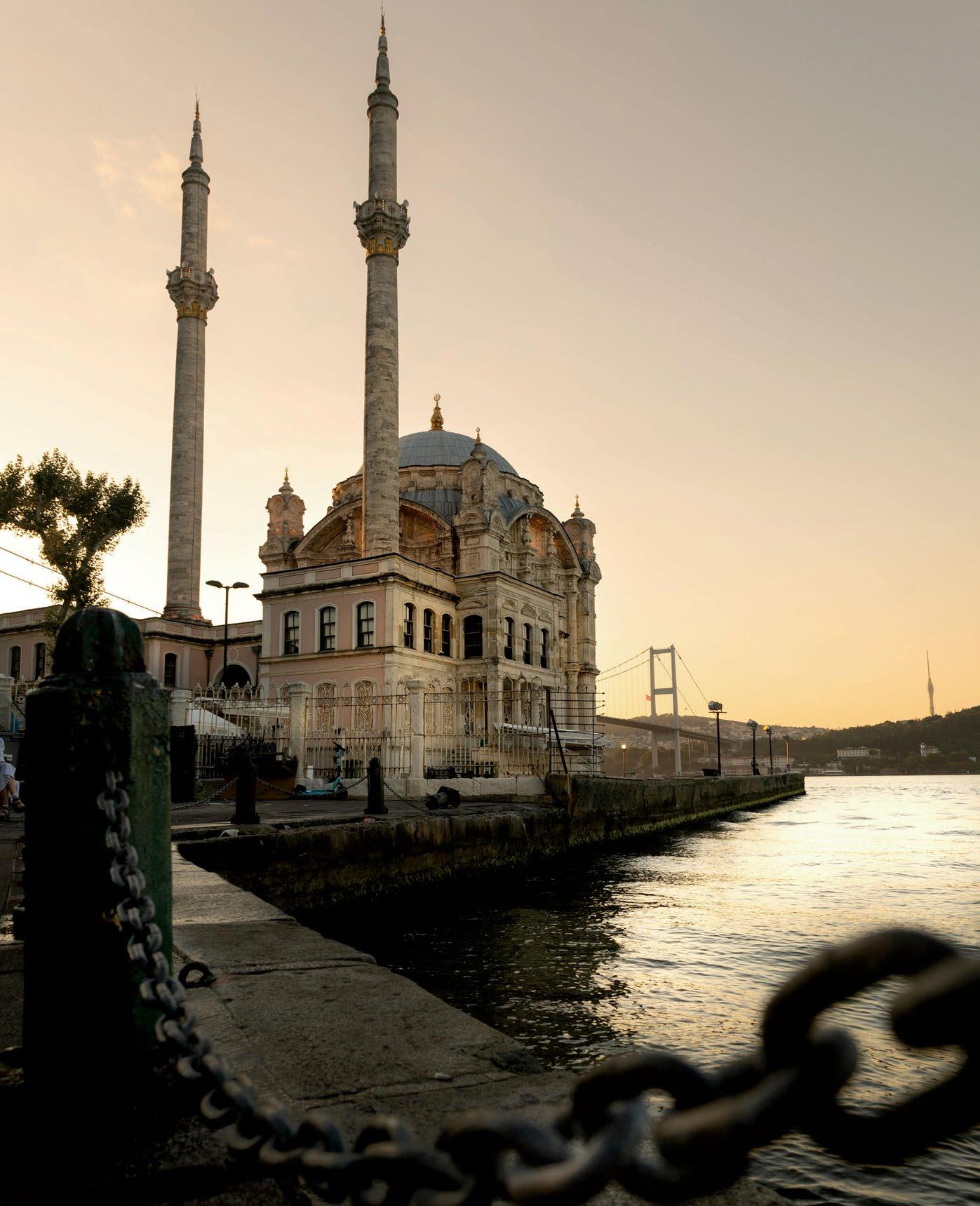
Louise Ulukaya ISTANBUL
THE FOUNDER OF THE SUSTAINABLE KIDS’ CLOTHING BRAND MON COEUR STITCHES TOGETHER HER FAVOURITE PLACES IN TURKEY’S IMMENSE METROPOLIS.


LOUISE ULUKAYA CREATED Mon Coeur, her line of children’s and baby clothing, to fill a need. “I couldn’t find any brand that was sustainable, cute, and comfortable,” says the entrepreneur and mom of three. From hoodies and swimwear to onesies, every item features recycled material, and each purchase helps support beach cleanups, tree plantings, and other eco-initiatives via the nonprofit 1% for the Planet.
This year, Ulukaya is launching the Mon Coeur Foundation to support education for grade school students around the world. Philanthropy is a priority for herself and her husband, Turkeyborn businessman Hamdi Ulukaya, the founder of Chobani yogurt, which donates 10 percent of company profits to the Chobani Foundation. “We don’t really call it philanthropy. It’s something we talk about on a daily basis. It’s part of our daily routine,” she says.
Ulukaya and her family are based mostly in New York (her father, chef Jean-Georges Vongerichten, launched his culinary empire there), but they also spend time in the South of France (where she grew up) and in Istanbul, a city she says she fell in love with “at first sight.” —Degen Pener
SERAF VADI “It’s great for a nice dinner date. It’s very beautifully designed with Anatolian heritage art all around the dining room. Their lahmacun [Turkish flatbread] is amazing.”

LUCCA “I also love Lucca in the Bebek neighbourhood, which is kind of like the hip Soholike area. The menu is super easy with the kids. The kefte dish with rice and salad is a must. When I first visited Turkey, I fell in love with the food first of all.”
MIDNIGHT “It’s a very well-curated shop in Bebek, with jewelry, including pieces by a number of Greek designers, and nice bohemian clothes.”
ORTAKÖY MOSQUE “Located on the waterside of the Ortaköy Pier square, it’s spectacular at night.”
SPICE BAZAAR “The energy is unlike anything else—you feel it even before entering the market.”
FOUR SEASONS HOTEL ISTANBUL AT THE BOSPHORUS “When we got married in Istanbul about seven years ago, we stayed there. It’s very sentimental for me. We love it. You can just sit there and get a Turkish tea and watch the whole dramatic scenery on the Bosphorus. People are canoeing. Boats are passing by. And the pool—it’s the most amazing pool in the whole world.”
CIHANGIR “The antiques district in the Cihangir neighbourhood is filled with vintage and artisan shops.”
GALATAPORT “I love walking on the Galataport waterfront with our kids. The view is beautiful, and we love getting a gelato at Vakkorama.” n
Clockwise from above: Ulukaya; Seraf Vadi; Four Seasons Hotel Istanbul at the Bosphorus; Ortaköy Mosque overlooking the Bosphorus Strait.

BANGKOK AT CHAO PHRAYA RIVER
High above Bangkok’s bustling streets, your residence pairs unmatched Four Seasons service with a one-of-a-kind address beside the Chao Phraya River. Gaze out over the waterway or the cityscape as you swim in the infinity-edge pool, relax at the Residents Club or soak up the natural light from your home’s floorto-ceiling windows.
LAS VEGAS
The Dream Home
These residential havens offer the ultimate in indoor-outdoor high design, defined by meticulous attention to detail and world-class service.
Four Seasons Living
Bring the beauty of the outdoors inside and live at Four Seasons Private Residences, where modern living is reimagined. These four residential properties—all located near the water—are attuned to the natural surroundings and boast elevated design, world-class service, and meticulous attention to detail. With prime real estate in some of
the world’s most highly coveted destinations, Four Seasons Private Residences feature sweeping views that provide a distinct sense of place and exude balance and harmony. With immaculate amenities and personalized care, residents enjoy the peace of mind that comes with service you can rely on, whether you’re at home or away.
Slow
Bahrain Bay
Connected by a private bridge to Four Seasons Hotel Bahrain Bay, these ultra-luxurious residences have large terraces with views over turquoise waters and the unmistakable Manama skyline. Open-concept layouts flooded with natural light highlight such lavish details as marble bathrooms and mother-of-pearl finishes. The dedicated residential team will attend to everything from maintenance and housekeeping to personalized lifestyle services.
Private pool, cinema, indoor and outdoor children’s play areas.
AMENITY SPOTLIGHT
Coconut Grove
This exclusive address sits in the heart of Miami’s village-like Coconut Grove neighbourhood. Tucked along streets lined with banyan trees, the two- to fourbedroom waterfront residences— designed by Michel Bönan—afford unmatched views of glittering Biscayne Bay. The 20-story building’s curvilinear architecture mirrors the silhouettes of nature, with wraparound terraces featuring floor-to-ceiling windows.
AMENITY SPOTLIGHT
Hammam spa, in-room dining services.

Bangkok
Featuring a stunning rooftop pool, Four Seasons Private Residences Bangkok at Chao Phraya River is a prestigious refuge in the city. Designed by Jean-Michel Gathy, the 73-level property has 366 corner units with panoramic views of the serene River of Kings waterfront. Service is available 24 hours a day, and secret passageways lead to Four Seasons Hotel Bangkok.
AMENITY SPOTLIGHT
Music studio, screening room, riverfront pool and terrace.
Dominican Republic at Tropicalia
Find your home in paradise at the exceptional Four Seasons Private Residences Dominican Republic at Tropicalia. Set on a private estate amid beaches and verdant mountains, this retreat will feature a Four Seasons hotel plus 25 furnished homes by the renowned architect Isay Weinfeld and four Estate Homes. Expansive indoor-outdoor spaces flow seamlessly to connect with the pristine surroundings.
AMENITY SPOTLIGHT
Organic farm-to-table experience.
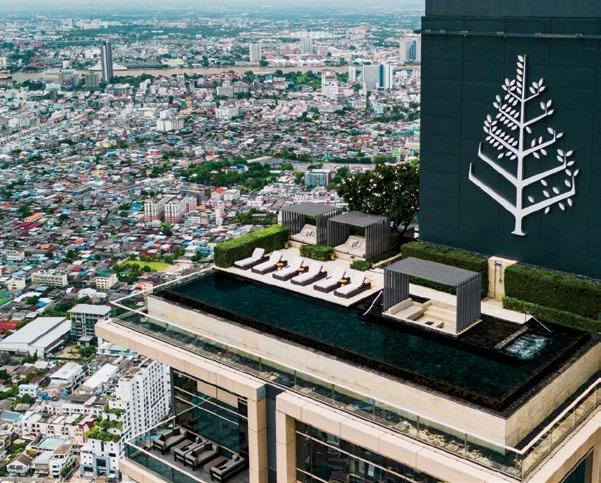

NORTH AMERICA
Anguilla
Austin
Bahamas, The Ocean Club*
Baltimore
Boston
Boston at One Dalton Street
Cabo San Lucas at Cabo Del Sol
Charleston*
Deer Valley*
Denver
Dominican Republic at Tropicalia*
Fort Lauderdale
Houston
Jackson Hole
Jacksonville
Lake Austin*
Las Vegas*
Los Angeles
Los Cabos at Costa Palmas
Miami
Miami at Coconut Grove*
Miami Beaches, Surfside
Minneapolis
Montreal
Napa Valley
Naples Beach Club*
Nashville
Nevis
New Orleans
New York Downtown
Orlando
Orlando, Florian Park*
Puerto Rico*
Punta Mita
San Francisco
San Francisco at 706 Mission
Seattle
Seaway South at the Surf Club*
Tamarindo*
Toronto
Vail
Washington, DC*
Whistler
CENTRAL / SOUTH AMERICA
Belize*
Cartagena*
Costa Rica
EUROPE / MIDDLE EAST / AFRICA
Abu Dhabi
AMAALA at Triple Bay*
Bahrain Bay
Dubai at DIFC*
Dubai at Jumeirah
Istanbul*
Jeddah at the Corniche*
London at Tower Bridge
London at Twenty Grosvenor Square
Madrid
Marrakech
Marrakech at M Avenue
Mauritius
Muscat*
New Cairo Capital at Madinaty*
Qatar, The Pearl
Red Sea at Shura Island*
Seychelles
Seychelles at Desroches Island
Sharm El Sheikh
ASIA / PACIFIC
Bangkok at Chao Phraya River
Beijing
Bengaluru
Hangzhou at West Lake
Hoi An, Vietnam
Jakarta
Koh Samui
Kuala Lumpur
Kyoto
Mumbai
*UPCOMING PROPERTY
LUXURY REDEFINED

Caviar and foie gras are no longer the be-all and end-all of dining extravagance, argues globetrotting food writer Jeff Gordinier, who extols five delectable alternatives.
photographs by VANESSA GRANDA food styled by PEARL JONES

Heirloom Masa
HAT IF LUXURY IS NOT WHAT YOU THINK IT IS? We tend to view certain foods as fixed and universal signifiers of “living well.” These are the ingredients that make everyone at the table smile and sigh when the server mentions them, and they’re the ingredients that usually come accompanied by a supplement, meaning that the server is happy to ask the kitchen to dollop or shave one of them onto your dish as long as you’re amenable to paying an extra $100 or so. Truffles, caviar, foie gras—behold the Three Musketeers of haute cuisine, with uni increasingly cast as the young D’Artagnan who has joined forces with the classic trio. Such ingredients have become so entrenched in contemporary menus, so ubiquitous, you might assume they’ve always dominated the epicurean conversation.
But luxury evolves—it moves around. One era’s cattle feed is the next era’s pricey indulgence. As the food essayist and New York Times critic Ligaya Mishan has written, “In medieval Russia, caviar was a peasant staple, less expensive than fish itself.” So abundant were the briny sturgeon eggs, and so removed from any idea of fanciness, that once upon a time, country folks shoveled heaps of caviar to their pigs “to fatten them up,” as Mishan tells us. (Lucky swine!)
Luxury is evolving right now, too, and the new idea of opulence often manifests in subtle ways. Beyond the realm of caviar and truffles, there are other ingredients whose appearance on a menu tells you that the chef is thinking deeply about the art of cooking and the experience of pleasure. Maybe the chef has decided to elevate staples, such as rice, corn, and butter, or draw on ancient methods of intensifying flavour by drying out an ingredient, be it salty mullet roe or a sweet persimmon. Here we present five examples of extravagance-in-evolution: five ingredients that represent la dolce vita in 2025, even though they’ve been around for centuries.
Heirloom
Dine in one of lauded chef Enrique Olvera’s restaurants—maybe Pujol in Mexico City, Cosme in New York, or Damian in Los Angeles—and you realize that few things come close to the deep, glorious earthiness of a tortilla made with heirloom masa. In fact, Olvera himself speaks of this ingredient in almost mystical terms: “The ability to taste the place,” he says. That, to him, represents the soul of luxury, especially in this age in which sturgeons can spend years swimming back and forth in stationary pools for the production of farm-raised caviar. “Luxury now is whatever is from that place that you cannot get any other place,” he says. “That flavour from the heirloom corn is from the soil, and flavour is a reflection of the health of the soil.”
Heirloom corn, unlike its mass-market counterpart, comes in myriad hues and husks and sizes and names, from Pink Xocoyul (native to Tlaxcala, Mexico) to Cacahuazintle, a large, white variety used in pozole. And through the centuries-old process of nixtamalization—the soaking of kernels in an alkaline solution that unlocks their essence (as well as their nutrients)—the resulting masa dough can express itself in an endless spectrum of flavours: nuttiness, sweetness, barnyard-iness, even cheesiness.
At Atlas Restaurant Group’s Maximón in Four Seasons Hotel Baltimore, Atlas corporate chef Aaron Taylor goes the distance in pursuit of these truer flavours and textures. He and the Maximón team buy whole yellow, blue, and white kernels from Masienda, a respected supplier of heirloom corn, and they nixtamalize and grind them onsite for tacos and quesadillas. “We do this every single day,” Taylor says. It’s a serious investment of time and labor, he adds, but “I think our tortillas are far superior to anything you find around town.”
Masa isn’t just food; it’s culture. When chef Miguel Soltero at Four Seasons Resort Tamarindo in Mexico offers a quesadilla de milpa made with heirloom masa, that simple dish tells a story about all the good things that come from the milpa, or field, from corn to squash to chiles. And when Olvera, at Pujol in Mexico City, offers a basket of tortillas alongside a “mole madre” that has aged and deepened for longer than a decade, he is serving the greatest luxury of all: time.

How special is bottarga? Put it this way: Jurgen Kulli, executive chef at Fuego Grill at Four Seasons Resort Maldives at Landaa Giraavaru, uses bottarga that makes a trip all the way from the Mediterranean island of Sardinia to his kitchen on an island in the middle of the Indian Ocean. “It’s very rich in flavour,” says Kulli, who serves it with a carpaccio of dry-aged cobia, the large and hard-to-catch whitefish known for its subtle sweetness.
Bottarga doesn’t necessarily sound inviting—it’s basically a lobe of mullet roe that has been compressed and desiccated in the sun until it’s a chunk of orange-yellow umami wax—but at first taste, all doubts evaporate. At Mode Kitchen & Bar at Four Seasons Hotel Sydney, executive chef Gaurav Bide views it as the perfect funky counterpunch to fresh seafood, serving it shaved over yellowfin tuna tartare. At The Lounge at Four Seasons Hotel Hong Kong, bottarga adds a bold note to the warm octopus salad (left).
“I love it,” adds Nicholas Stefanelli, the chef at Masseria, a Michelin-starred Italian restaurant in Washington, D.C., who sources his bottarga from Gustiamo, a way station in New York’s South Bronx for all good things from Italy. “I eat it just cut up with a little olive oil on it. Caviar has its place, but bottarga has so much more complexity, for me. It’s one of those ingredients that’s still a little cultish.” At Masseria, Stefanelli shaves it over stuffed pasta with spring peas; at home, he uses it to luxury-boost a baked potato. It tastes like the sea and the sun, and bottarga aficionados know that there is only one sensible response when you spy it on a menu: Order it.

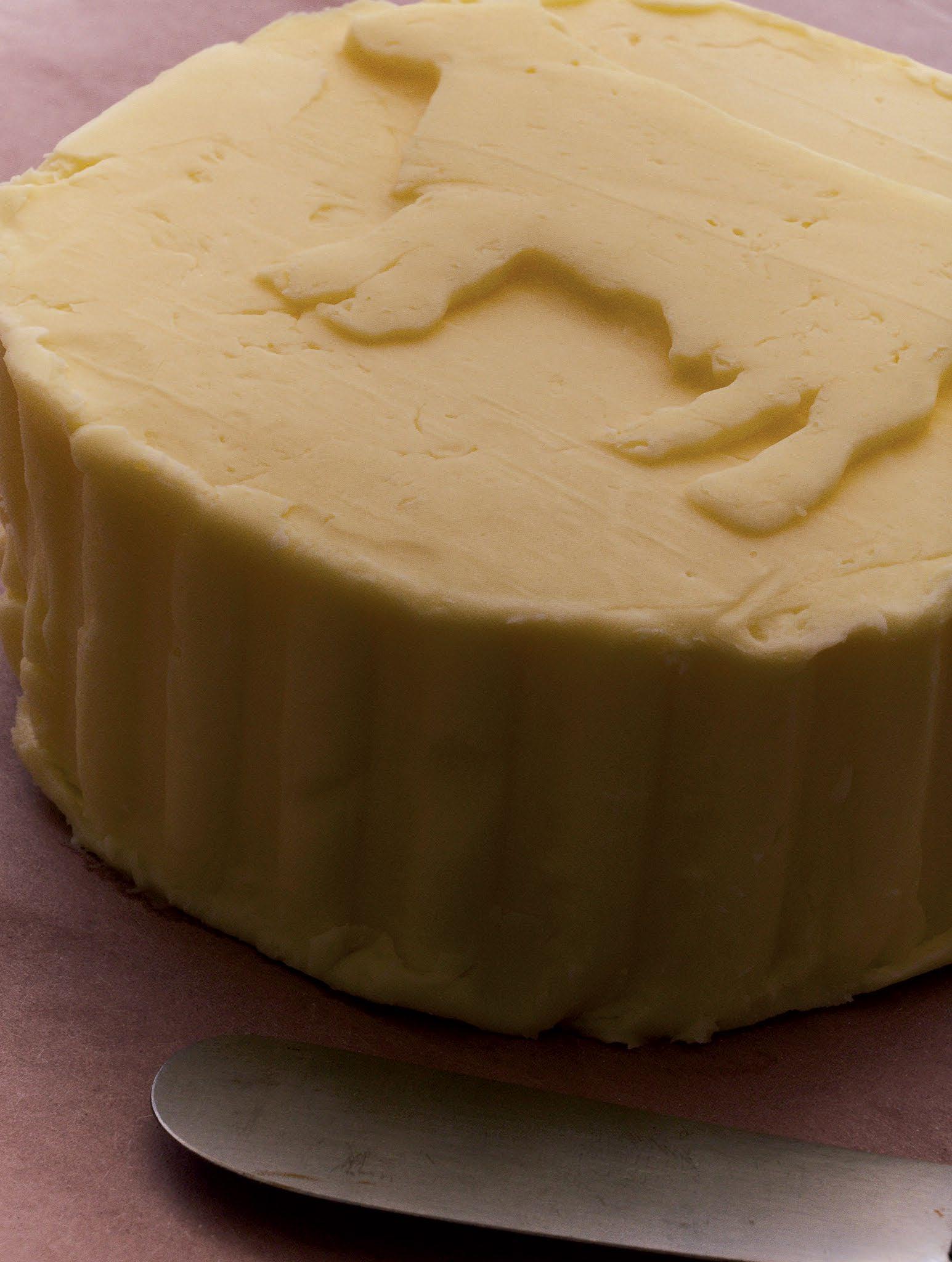
BEURRE de Baratte
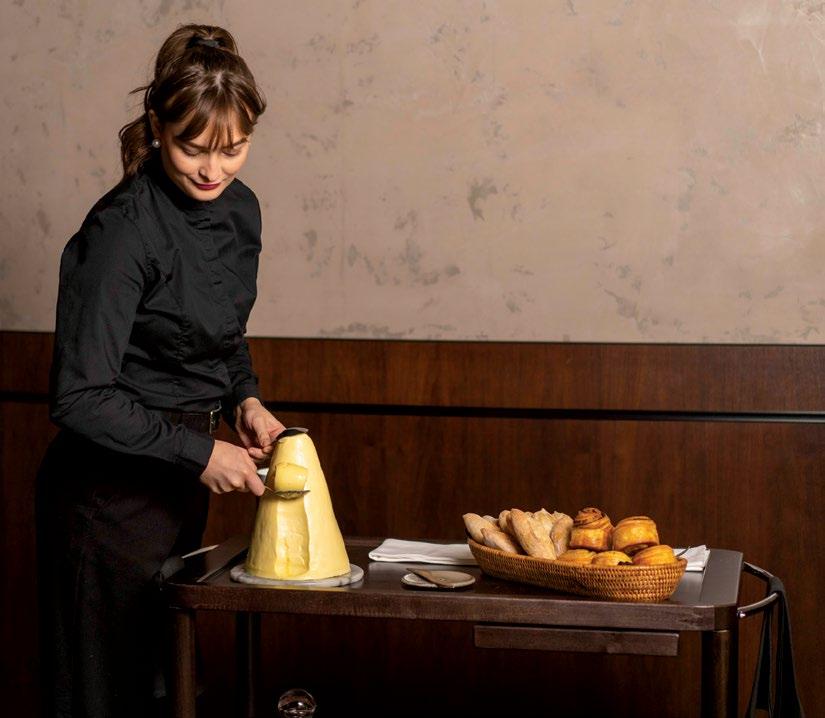
At Emeril’s in New Orleans, a cart rolls up to the table, crowned by a pale yellow pyramid. That creamy tower is a solid mass of Beurre de Baratte, a French butter whose slightly tangy and nutty base notes and borderline cheesiness of texture come from the patient, tedious, time-honoured practice of churning milk by hand. “I prefer Beurre de Baratte, as it’s rich and complex,” says E.J. Lagasse, the chef at Emeril’s in New Orleans. (Yes, he’s Emeril’s kid.) “I love the saltiness of it and the velvety texture. In my opinion, it’s ideal served at room temperature, which is how we serve it at Emeril’s.”
The man behind the spread is Rodolphe Le Meunier, who grew up in a cheesemaking family in France, and whose approach to butter is patient and traditional and precise: cream from Normandy cows gets a chance to ferment, à la yogurt, before being churned and molded with wooden equipment of the type that might have been used hundreds of years ago. The result is cultured—in all senses of that word. It has depth.
At Corner Office, a wine bar in Taos, New Mexico, you might encounter it as a soft and silky bed for sardines. But the butter is so delicious that at top spots around the world—including the three-Michelin-star restaurant Caprice at Four Seasons Hotel Hong Kong—chefs step back and let it own the spotlight, serving Le Meunier’s Beurre de Baratte seasonally with bread. That’s it—that’s the dish. What could be more luxurious?

Ripened to Perfection
Let dining become a journey. During two new farm-to-table experiences—one outside Paris, the other on a dreamy island—guests handpick their next meal alongside Four Seasons chefs.
FOUR SEASONS RESORT
SEYCHELLES AT DESROCHES
ISLAND On a coral isle in the Western Indian Ocean known for its Creole cuisine, participants in the new Farm-to-Fork Experience travel by buggy to explore an organic farm. After chefs from the resort guide guests in picking island-grown ingredients, such as papayas and figs, the group gathers in an open-air kitchen to prepare a Creole curry and a homemade chutney. “It’s an opportunity to discover local flavours [and] learn about sustainable sourcing,” says the property’s food and beverage director, Ali Hakim.
FOUR SEASONS HOTEL
GEORGE V, PARIS Guests who partake in the culinary sojourn Lunch at Potager travel from the 8th arrondissement to a bucolic estate in Versailles that’s home to the kitchen garden of the hotel’s Michelin-star restaurant Le George. Chef Simone Zanoni leads both the tour of the garden—wherein he shares his knowledge of when to harvest vegetables at the peak of flavour—and an alfresco cooking class, followed by lunch with the chef to enjoy the dishes they prepared. Le George’s head sommelier, Francesco Cosci, chooses just the right vintages to pair with dishes such as tagliolini with pesto. —Degen Pener
Heirloom
Anyone who has enjoyed the highest level of sushi artistry knows what a difference the rice can make. Far from a bland canvas for fish, rice is often the component of a meal through which sushi chefs express the core spirit of their approach to omakase, selecting based on the grain’s taste, texture, and serving temperature. This is true beyond sushi counters as well. When chefs opt to use premium strains of rice that are rooted in tradition and terroir, take note, because this tells you that you’re in a restaurant that prefers not to cut corners.
What’s that nuttiness that you taste when you get a mouthful of shrimp risotto at Dunsmoor, a Los Angeles spot that celebrates traditional American foodways, or jollof-inspired crab rice at Bludorn, a Houston restaurant with an innovative approach to global ingredients? It’s Carolina Gold. An American variety, it was originally cultivated in the Lowcountry of South Carolina by West Africans who had been enslaved for their agriculture knowledge, and it almost vanished until the team at the heirloom grain company Anson Mills rescued it from obscurity. “We use it in all four of our restaurants,” says chef Aaron Bludorn. “There’s a richness to it that I can taste—almost a meatiness.”
Sticky and pearly, koshihikari rice is at the opposite end of the spectrum. Where Carolina Gold is robust, koshihikari is diaphanous, which is why chef Rogelio Garcia uses it to accompany Japanese bluefin tuna at Auro, the Michelin-starred restaurant at Four Seasons Resort and Residences Napa Valley. “I love working with koshihikari because of its pearl-like texture and aromatic quality,” he says. “There’s a subtle sweetness to it, a clean finish that allows the fish to shine while quietly elevating the dish. It’s not just about taste—its colour and sheen also create a beautifully refined presentation on the plate.” Rice is nice, but koshihikari and Carolina Gold are just a little bit nicer.



If you have a food-obsessed friend who makes the Japanese snack at home (a practice that has been trending in recent years), you might spy hachiya persimmons drying in their kitchen. Squint and they almost look like golden lanterns hanging from a temple. The persimmons dangle on strings in sunlight and fresh air until they shrivel into gnarled, chewy, sugardusted delights. (Caretakers have to massage them now and then to break down pulp—talk about luxury.) They’ve been revered in Japan and across Asia for hundreds of years, but only in recent decades have hoshigaki begun appearing on Western menus. Raisins and prunes, of course, represent common examples of what happens when we concentrate the flavour of fruits by drying them out, but hoshigaki (known as gotgam in Korea) can take that process to an exalted place.
Pair them with a sharp cheese—as chef Ignacio Mattos occasionally does at Estela, his intimate and creatively influential flagship on East Houston Street in New York City—and the marriage of fruit and funk will make you melt on the spot. Honouring the seasonal nature of this Asian delicacy, pastry chef Michele Abbatemarco, of Michelin-starred est restaurant at Four Seasons Hotel Tokyo at Otemachi, serves hoshigaki in the autumn months with ricotta cream, chamomile gelato, persimmon jelly, candied persimmons, a mandarin sauce, and a dusting of coffee powder. Whatever the presentation, the best approach is to take your time relishing every bite— dried persimmons are a slow food, after all. n
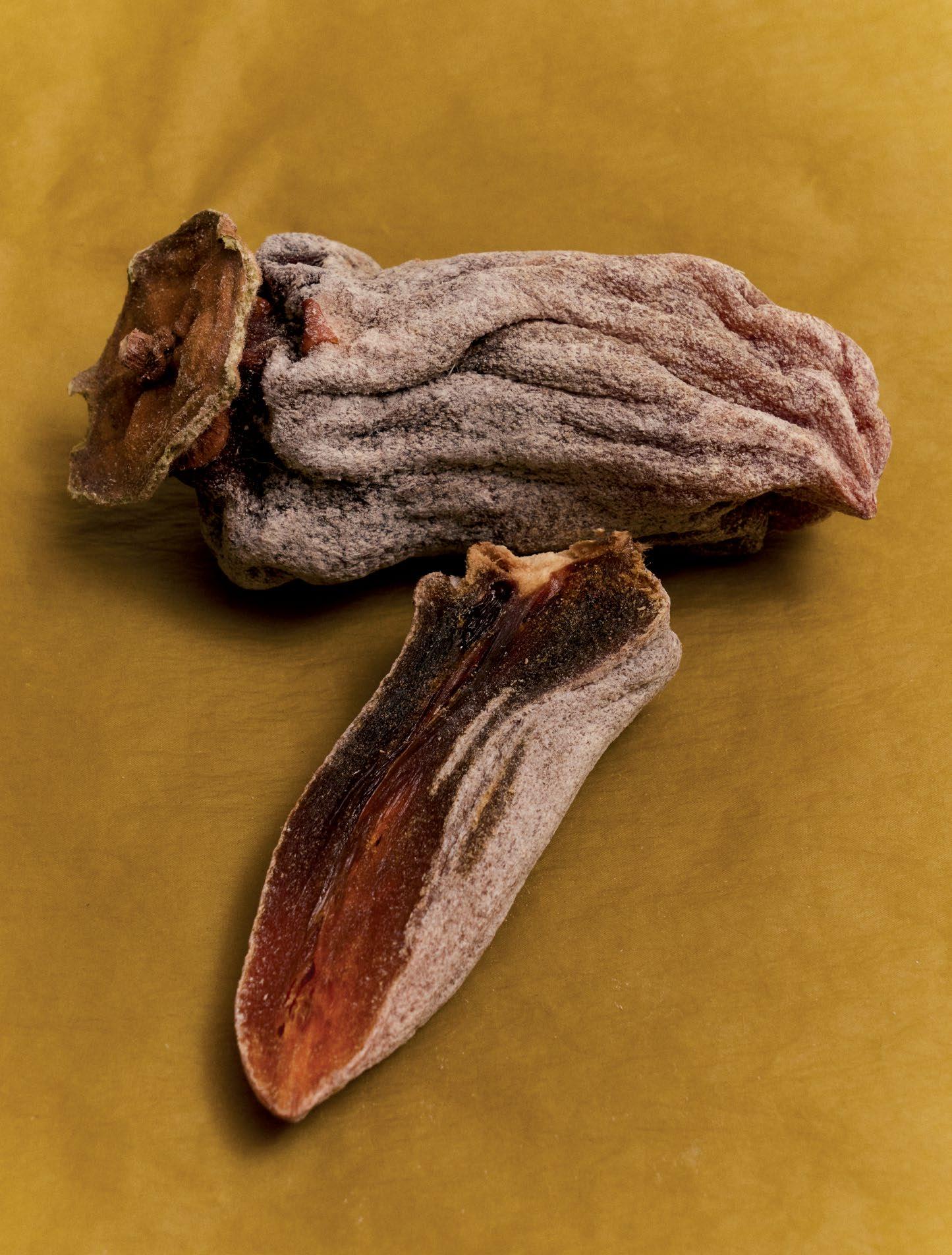
the essence of

ATHENS
By returning to the roots of Greek cuisine, the city’s chefs are reaching new culinary heights.
by NICOLA CHILTON

At Pharaoh, hand-rolled, slow-cooked lahanodolmades (cabbage rolls) are served with a sauce made from the remnants at the bottom of the pot and blended with olive oil and lemon. Opposite: The Parthenon.

At the Michelin-starred restaurant Soil, in the Athenian neighbourhood of Pangrati, a summer-fresh creation features berries with white asparagus, anise hyssop, and butterfly sorrel.
in a handsome neoclassical villa
in the Athenian neighbourhood of Pangrati, chef Tasos Mantis is taking food back to its roots. The garden he tends with his father in Alepochori, an hour’s drive west of Athens, is the source of many of the ingredients at his Michelin-starred restaurant, Soil. “The garden is where we test ideas, observe natural rhythms, and rediscover forgotten flavours,” he says. “It teaches us to cook differently.”
Mantis’s approach to gastronomy is based on instinct and restraint, with a deep respect for the land that translates into tasting menus that go far beyond a simple meal. “We’re here to share something honest,” he says. “If a guest leaves Soil having tasted a flavour they didn’t expect or with a memory triggered, then we’ve succeeded.”
During my dinner at Soil, seeing tiny alyssum petals piled atop a delicate ball of chopped squid takes me back to my grandfather’s garden as a small child. I can even smell the flowers that used to blossom in sweet, pillowy patches along the lawn. It’s a powerful—and surprising—feeling, one of many experienced during a recent trip to the capital city.
There’s an intoxicating energy in Athens right now. What was once seen by many as a necessary stop on the way to the Greek Islands is drawing an increasing number of international visitors each year. The city boasts showstopping heritage sites, exceptional museums and galleries, and a calendar packed with cultural events, like the upcoming Greek National Opera performance of Rigoletto at the Odeon of Herodes Atticus amphitheater in July and Robbie Williams’s October tour stop at the marble Panathenaic Stadium.
In this city that looks simultaneously to its past and future, many of the moment’s hottest restaurants take inspiration from the traditional neighbourhood kafeneio—part old-school coffee shop, part bar—and tavernas, the much-loved convivial, casual restaurants serving Greek favourites that are a magnet for travellers.


A small bite at Soil (above) pairs squid—cured in salt and citrus—with horseradish, basil, fennel pollen, and edible flowers.
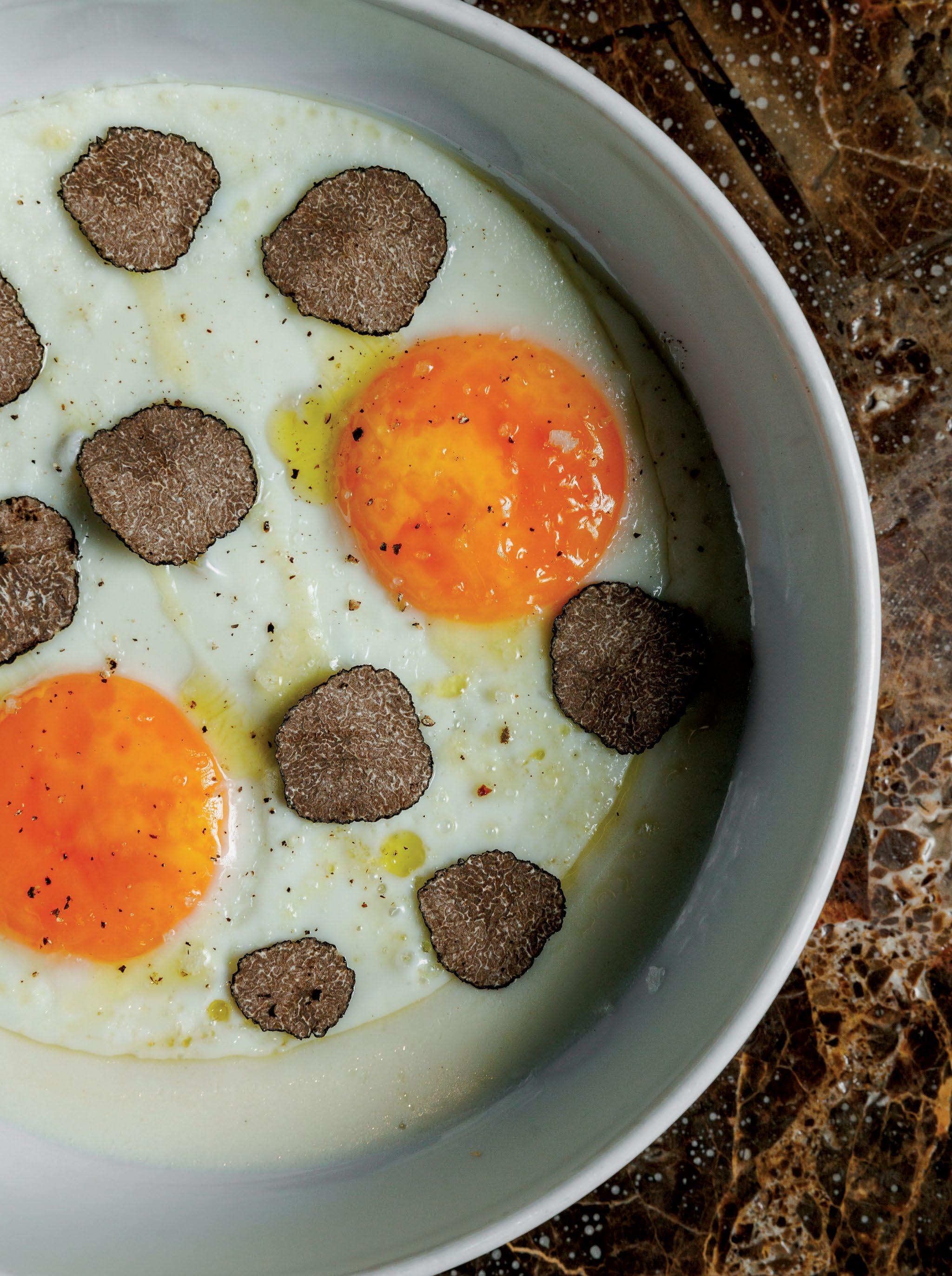
Greek truffle is shaved on top of the traditional Cretan dish of eggs with staka (a cream skimmed from goat and sheep’s milk) at Pharaoh. Opposite: Vinyl records line the shelves above the bar at the restaurant.
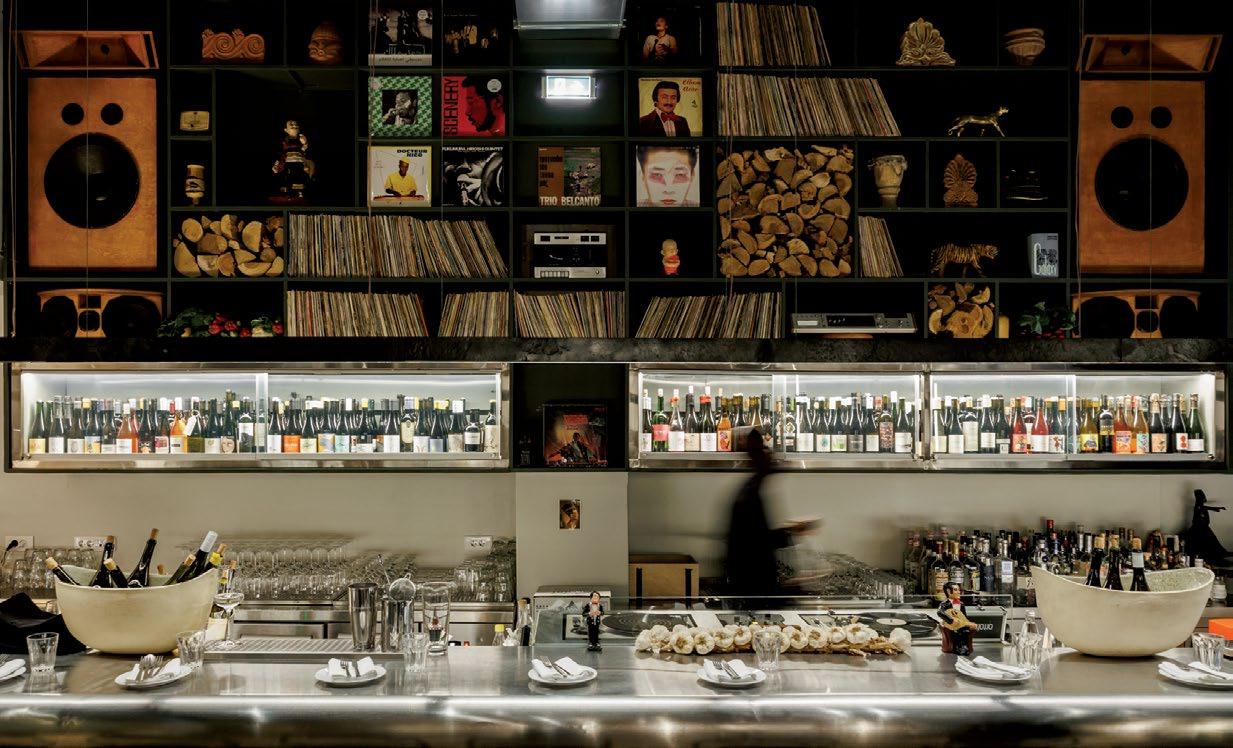
In the Psyrri neighbourhood, Taverna Klimataria has been welcoming Athenians since 1927 with traditional live music played beneath grape vines, accompanied by homestyle dishes like pork knuckle, meatballs, and stuffed peppers. Over in Pangrati, just behind the Panathenaic Stadium, Vyrinis, a mainstay for decades, serves comfort foods in a cheery courtyard, while a short walk away at Mavros Gatos, plates come piled high with meat—lamb chops, juicy sausages, liver—sourced from farmers across the country, accompanied by good house wine that costs just $9 a carafe.
It was this unfussy style of cooking and commitment to local Greek produce that inspired food and travel writer Fotis Vallatos and three friends—a chef, a wine connoisseur, and a baritone opera singer—to open their restaurant Pharaoh in late 2022. “The idea stemmed from a shared passion that we have for the kafeneio culture in Greece, those multipurpose, old-school places that function as cafés, tavernas, bars, and, in the past, often as barber shops, post offices, and general stores,” says Vallatos. “But most importantly, they’ve always been social hubs, and sometimes centers for heated political debate. We wanted to bring this raw, authentic style of cooking into a proper restaurant setting in Athens, paying homage to its roots while elevating it.”
At first glance, Pharaoh doesn’t inspire much confidence: the restaurant is located on a dark, graffiti-covered street between two gray concrete buildings. But once you notice the light emanating from inside, the clink of glasses and the buzz of laughter audible from the street as people spill out onto the pavement, it’s clear something special is happening.
With its industrial-chic interiors combining stone walls, terrazzo floors, concrete pillars, and marble-topped tables, Pharaoh feels like a microcosm of Athens itself—a little rough around the edges yet full of life, with an appreciation for good food, good wine, good music, and good times. The best seats are at the stainless-steel bar counter where a DJ spins vintage vinyl.
A counterpoint to the restaurant’s gritty urban setting, the cuisine is rooted in the home-cooked meals of Greece’s villages: hearty, fresh, and unpretentious, like the food my Greek boyfriend’s family cooked for me the first time we came
on summer vacation together. At Pharaoh, there’s a deep appreciation for Greek culinary heritage in dishes like taramosalata—ubiquitous in tavernas across the country but here cloud-like in its lightness and topped with bottarga. Squid stewed in spinach combines rich flavours of land and sea, and grilled wild horta greens are infused with a charcoal smokiness, their bitterness tempered by a chunk of light and creamy anthrotyro cheese. Vallatos sees Pharaoh’s culinary approach as a revival of traditional Greek cuisine in its purest form, with chef Manolis Papoutsakis and team relying on charcoal grills, as well as wood-fired stoves and ovens, to cook their seasonal ingredients.
“You won’t find tomatoes, aubergines, or courgettes on our menu in winter,” says Vallatos. “In summer, we don’t serve broccoli, cabbage, or chestnuts, and we don’t use frozen produce or farmed fish.” Dishes are slow cooked over flames, allowing time for conversation and the restaurant’s extensive selection of natural wines to flow. “We feel that Pharaoh offers a return to authenticity, stripped of unnecessary modern interference,” he says, pointing to parallels between the dining scene in Athens and that of France 25 years ago. “The neo-bistro movement revitalized French cuisine and gave a platform to new chefs and fresh projects to shine, offering more casual and accessible food,” he says. “That’s exactly what we’re seeing in Athens today, with a wave of new restaurants that focus deeply on traditional Greek food that’s elevated and presented in more vibrant spaces.”
At Four Seasons Astir Palace Hotel Athens—a seaside resort that sprawls over a pine-clad peninsula south of the city center—chef Luca Piscazzi finds Greek produce to be a constant source of inspiration. While his cuisine at Pelagos, the hotel’s Michelin-starred restaurant, blends his Italian heritage and French techniques, the ingredients he uses are predominantly Greek. Since his arrival in the country in 2019, Piscazzi has been venturing out into remote areas and islands to connect with small-scale artisanal producers, farmers, and other chefs. “These communities have a really strong sense of pride, and they’re keen to safeguard their traditions but also eager to stretch their culinary boundaries,” says Piscazzi, who has introduced hyperlocal products to his menus over the years, like kariki—a spicy blue cheese fermented in a gourd—from the island of Tinos.

Greece has influenced not only the ingredients Piscazzi uses but also how he uses them, and his culinary style has evolved to focus more on flavour. “The plate still needs to look nice, but now I try to make things more simple, more straightforward, and without too much decoration,” he says. “I try to remove things rather than add them.” His menu embraces earthy ingredients in dishes that are delicate, comforting, and, for a fine-dining setting, refreshingly uncomplicated. A mandarin orange filled with sea urchin and koji mousse topped with osetra caviar is sweet, citrusy, and salty, the individual flavours revealing themselves in each layer. A twist of cold spaghetti with a clam emulsion and creamy almond sauce is inspired by Piscazzi’s tendency to eat leftover pasta straight from the fridge. John Dory comes à la meunière, marinated in bergamot with crisp cavolo nero and sweet winter persimmon, and the monkfish osso buco is a rich and meaty triumph, perfect for a chilly winter night.
Chef Adam Kodovas’s two-year-old Ex Machina, located on a steep street in Pangrati, is equally rooted in Greek produce, peppered with influences and ingredients drawn from his Greek-Egyptian background and experience working in restaurants overseas. Kodovas’s food is reflective of his multicultural heritage, made with around 95 percent Greek products complemented by spices from Cairo’s Khān al-Khalīli bazaar, miso from Japan, and curry from Thailand and India. Many dishes evolve with the changing seasons, while those that don’t rely on seasonality stay true to their original form all year.
The eggplant tartlet with miso, aged cheese, and feteer (a type of layered pastry) takes its inspiration from an Egyptian chef’s recipe and the markets of Cairo. Zero-waste gyoza are based on kitchen trimmings made into a rich ragu. No Man’s Pasta is a permanent favourite on the menu, inspired by a dish Kodovas’s mother called “orphan’s pasta.” “She used to make it when we couldn’t afford to have pasta with meat, and instead we’d just have it with butter and cheese,” he says. “I turn it into a kind of Japanese tsukemen dipping noodle dish, with a thick broth from fish trimmings smoked over fire in the bottom of the bowl.”
On the surface it looks like plain pasta. Mix it all up, and it’s a delicious discovery.
Kodovas—whose many tattoos include the phrase “Hold Fast” inked across his fingers—feels that his background brings something different to the Athens food scene. His parents split up when he was nine years old, and he spent much of his life
Chef Luca Piscazzi at the Michelin-starred restaurant Pelagos inside Four Seasons Astir Palace Hotel Athens. Opposite: Piscazzi’s sole with sage, Padrón pepper, raspberry, and Champagne sauce.
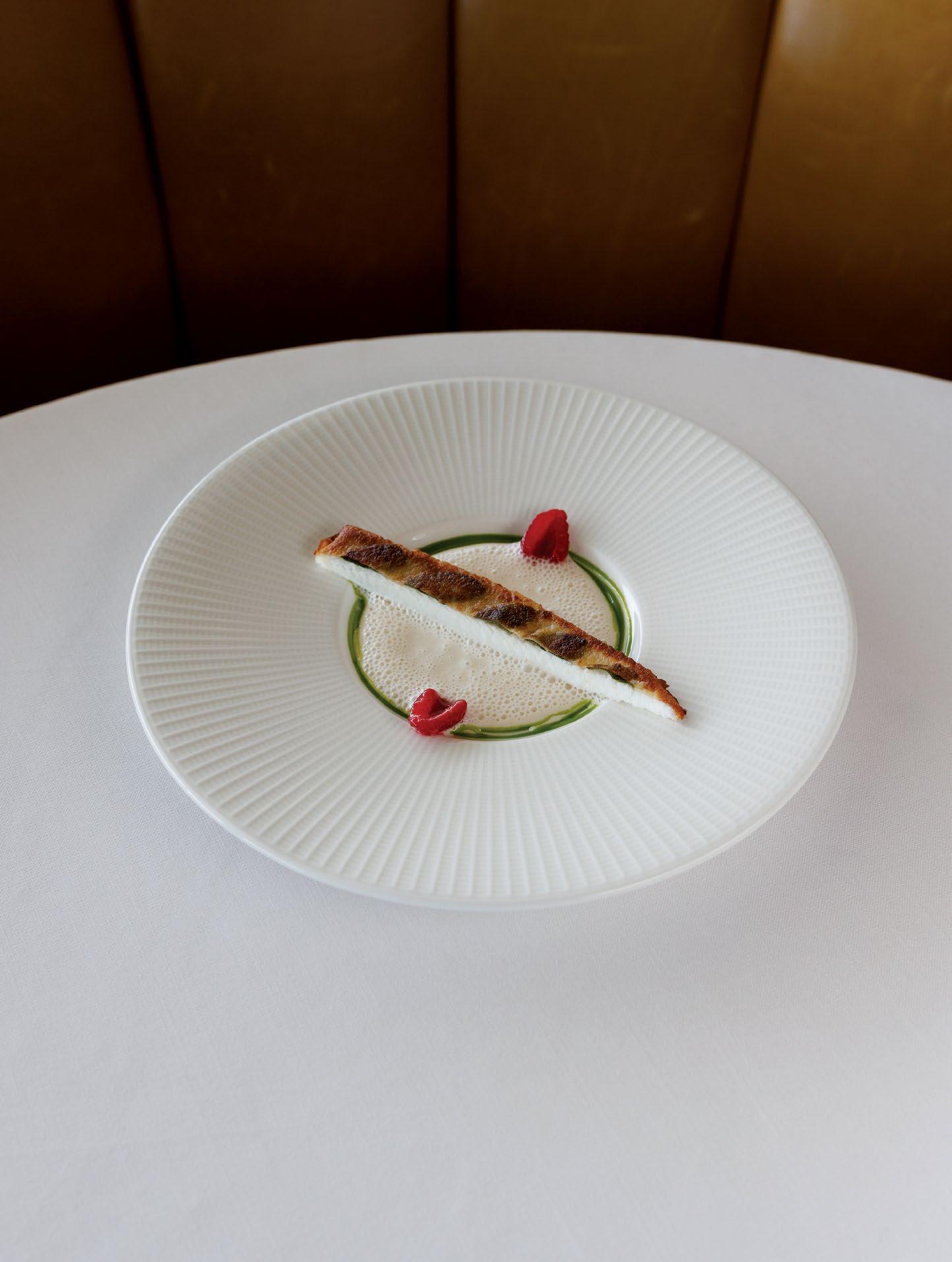
“The plate still needs to look nice, but now I try to make things more SIMPLE , more straightforward, and without too much DECORATION .”

Furikake seasoning enlivens potato chips at Ex Machina, which serves them with homemade taramosalata and tomato jam. Opposite top: Dinnerware at the restaurant from the local ceramics workshop Mud Lab. Opposite bottom: Ex Machina’s spaghetti with blue crab, roe, bisque, and roasted cherry tomatoes.
ignoring his Egyptian heritage. But a chance encounter with some customers from Cairo during the COVID-19 pandemic led to a chain of events that included a return to Egypt after 30 years, a family reunion, and the opening of Ex Machina with his new Egyptian friends as co-investors. “The name of the restaurant, from the phrase deus ex machina, refers to solving an unsolvable problem,” he says. “I made a lot of mistakes on the way, but I’m now at the stage in my life where I have this experience, and I can offer something unique. I developed a style of food that can’t easily be replicated, and I think it’s exciting.”
Another recent arrival in Pangrati is Akra, opened in 2023 by chefs Giannis Loukakis and Spyros Pediaditakis. A light-filled, double-height restaurant meets bakery, it’s been a neighbourhood fixture since day one. On the ground floor, seafood, meat, and vegetables are cooked over olive wood, and on the mezzanine level, the pastry team kneads, folds, and shapes dough into bread and pastries. There’s a lot happening in a small space, yet everything seems to move in perfect coordination. Here, too, the focus is on Greek produce, with beef from Kalamata, pork from Drama, and cheeses sourced from across the islands. What’s available on any one day dictates the menu and shapes the recipes. “Our cuisine at Akra is everyday fresh cooking, something that fits into daily life,” says Loukakis. “Food trends come and go, but at some point, everything must stand the test of time and prove its purpose beyond just being fashionable.”
Mantis, the chef at Soil, believes that the Athens food scene is turning away from what he calls “imitation” and moving toward a rediscovery of Greece’s native character. “More and more chefs are turning inward. There’s a growing confidence in looking to local producers, and to the quiet richness of our culinary heritage,” he says. “We see ourselves as part of a broader return to the soil, to origin, to something slower and more intentional. It’s not about breaking new ground; it’s about going deeper into the ground we already stand on.”
Dinners at Soil begin with a tableside introduction to ingredients—flowers, herbs, fruit, seafood—all presented in the “Alepochori box,” named for the village where the restaurant’s garden is located. Flowers are often the starting point for dishes, and many of the lesser-known ingredients on the menu have long been part of the Greek landscape. “They’ve always been growing quietly between the stones, along the coastline, and in forgotten corners of gardens,” says Mantis. “When picked at the exact moment their oils peak, their character is astonishing.” Mantis’s hyperseasonal approach leads him to work closely with foragers who supply him with wild herbs, flowers, and sea plants, some only available for a few days or weeks at a time. “Their arrival often shifts our entire direction. A dish might change completely based on a wild fennel flower or the sudden appearance of rock samphire [an aromatic coastal plant]. What guides us at Soil isn’t a trend or a fixed idea. It’s the pace of nature. It means understanding that we’re not in control, but that we’re in collaboration.”
The result is an extraordinary tasting menu. Dishes like the one-bite eel burger are packed with punchy umami flavours. Plump shrimp from Kiláda in the Peloponnese are marinated inside a woven pouch of kombu, served alongside a spoonful of mussel cream. For dessert, fresh chestnut is grated over an earthy Mont Blanc made of Jerusalem artichoke and black garlic. The restaurant serves everything on dishes designed and made by Mantis’s wife, ceramicist Elia Lampiri, contributing to the feeling that you’re dining in the home of family or friends, being fed by people who truly care about you.
Perhaps this return to roots, to community, to a sense of home through food but with a young, energetic, urban spirit, is something that city dwellers are longing for. It’s clearly a recipe that resonates with Athenians and, along with a focus on seasonality, regional produce, and a reverence for nature, something that every one of these restaurants holds close to its heart. “Ultimately, we want people to walk away not just having had a great meal, but having felt something, a connection to the past and to the energy of the present,” says Pharaoh’s Vallatos.
The feeling is palpable all over the Greek capital right now, and it’s making dining in this thrilling city better than ever. n


luscious
JEWELS
Savour the sparkle of summer.

by LAURIE BROOKINS
Photographs by VANESSA GRANDA
From top: CHANEL Rose Tendre ring in pink quartz, diamonds, and pearls. BUCCELLATI coloured cocktail ring highlighting an 11.85-carat faceted tourmaline surrounded by 66 brilliant-cut diamonds. CHOPARD Haute Joaillerie Collection ring featuring a 10.46-carat tourmaline surrounded by tourmalines, sapphires, and amethysts. HARRY WINSTON Candy ring in diamonds and sapphires. POMELLATO Iconica ring showcasing a London blue topaz and diamonds.

BULGARI Serpenti Viper two-coil bracelet in 18-karat white gold with pavé diamonds.

VAN CLEEF & ARPELS Rose de Noël clips, in onyx and diamonds set in 18-karat yellow gold (top) and in carnelian and diamonds set in 18-karat rose gold (bottom).

TAFFIN brooch showcasing a 63.07-carat spessartite cabochon surrounded by Burma sapphires set in oxidized silver and 18-karat white and rose gold.

100 MESSIKA Midnight Sun Opus II high-jewelry necklace featuring a 10.03-carat yellow diamond and 119.36 carats of white diamonds set in 18-karat white and yellow gold.

101
ALLISON QUAID diamond and emerald Bee pendant, diamond Bee brooch, and diamond and pink sapphire Bee brooch/pendant.
PEAK SUMMER
From the soaring Tetons and Rockies to Santa Fe’s painterly deserts, three iconic destinations offer singular summer adventures.
by HADLEY MEARES









































































JACKSON HOLE, WY
FOR WILDLIFE LOVERS and extreme sports enthusiasts alike, there are few destinations as thrilling as Jackson Hole, Wyoming, famed gateway to the Grand Teton and Yellowstone national parks. During the summer, locals of all stripes cheer ropers and rodeo clowns at the season-long Jackson Hole Rodeo (which offers a special “Behind the Chutes” VIP experience); pack the lawns at classical concerts held during the Grand Teton Music Festival (through August 23); and drink Wyoming Whiskey at the famous Million Dollar Cowboy Bar.
Boasting some of the best hiking, climbing, biking, rafting, and fly-fishing spots in the country, Jackson Hole is much more than a ski town. And the opportunities are endless. After 25 years in Jackson, legendary ski mountaineer Kit DesLauriers (see “Chasing Summits,” page 106) is still finding new mountains to summit in the Teton Range, where some of the tallest peaks rise above 12,000 feet. Says DesLauriers, “I think the Tetons are the most magnificent mountains in the lower 48—and they are right outside of town.”
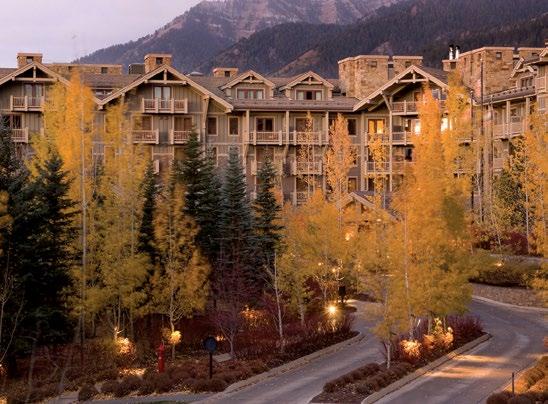
EXPERIENCES
Dark Sky Heaven
Amateur astronomers will find the wide Wyoming skies an ideal way to explore the universe. Featuring some of the darkest skies in the lower 48, Teton County has become the first county in the world to be designated an International Dark Sky Community, and stargazers reap the rewards. A three-hour nighttime safari with Wyoming Stargazing in Grand Teton National Park features dinner and a show, where guests view star clusters, planets, and galaxies with the aid of powerful telescopes and learned experts. At the Snow King Observatory and Planetarium, visitors can get an even closer look at the cosmos through a state-of-the-art PlaneWave telescope.
Safari in the U.S.A.
At Four Seasons Resort and Residences Jackson Hole (left and below right), which debuts its new restaurant Steadfire Chophouse this summer, guests can explore Yellowstone National Park on an all-day excursion created in partnership with Jackson Hole

Wildlife Safaris and Yellowstone Safari Company. The “American Serengeti” experience begins with a private flight (for up to seven guests) into northern Yellowstone that soars over natural wonders like the Grand Prismatic hot spring and the Old Faithful geyser. Visitors encounter astonishing fauna, including Yellowstone’s bison herds, all while hiking through one of America’s extraordinary landscapes. “Two weeks ago, we had a moose at our office; then we had a raccoon that was fishing by the office the next day,” says Jackson Hole Wildlife Safaris owner Matt Scott. “I was in town yesterday and there were mule deer walking through. As far as wildlife goes, Jackson is in the middle of a very healthy ecosystem, and it’s just a part of life here.”
BRING IT HOME
Antler Chandelier
The local firm Wild West Designs creates and sells the perfect statement pieces for any rustic retreat: chandeliers produced from elk antlers that the animals shed naturally.

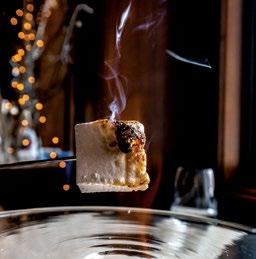
by

CHASING SUMMITS
Ski mountaineer Kit DesLauriers is the first person in history to have climbed and then skied down the Seven Summits, i.e., the highest peaks on each of the seven continents. But she chooses to live in Jackson Hole, Wyoming, close to her favourite alps in the world, the Teton Range. The longtime resident, an ambassador for the North Face, says she’s still finding new mountains to climb in the area. “I love to explore, and it doesn’t always have to be about the highest mountain,” says DesLauriers, who recently completed a 20-mile round trip in the Tetons. “I could see all the way into Montana, and it was over the Yellowstone basin. It was so beautiful.”
A longtime conservationist (she’s president of the Alaska Wilderness League’s board of directors), she has passed on her love of exploration to her two teenage daughters. “They each climbed the Grand [Teton] when they were 10 years old!” —Hadley Meares
JACKSON HOLE, WY
photograph
JIMMY CHIN

COOL ALPINE BREEZES make summer an appealing time to explore this charming mountain enclave. Built to resemble a quaint town in the Alps, Vail Village offers an array of restaurants, such as Tavernetta Vail, at Four Seasons Resort and Residences Vail (above: burrata with Trapanese pesto and focaccia breadcrumbs), and upscale stores, including Moncler for jackets, Davidor and Squash Blossom for jewelry, and Kemo Sabe for Western wear. In the warmer months, the famous ski destination beckons with horseback riding, wagon rides, and even llama hikes (they carry hikers’ packs).
This season, Four Seasons is launching Four Seasons Vail Adventures by Sage, a daylong experience with fly-fishing (below), rafting, a side-by-side ATV tour, and a gourmet lunch. The property is also making the Chalet (its ski-in, ski-out pavilion) a hub for activities such as wine tastings, cocktail pop-ups, art shows, and music.
On Sundays in the town center, the Vail Farmers’ Market and Art Show brings vendors and artisans together, while Hot Summer Nights at the Gerald R. Ford Amphitheater features musicians, dancers, and comedians. Even the gondolas can be a summer experience—rides give visitors a bird’s-eye view of the Rockies, with fields of wildflowers across the wide expanse.
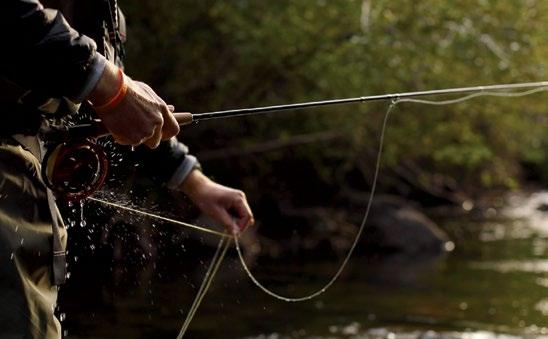
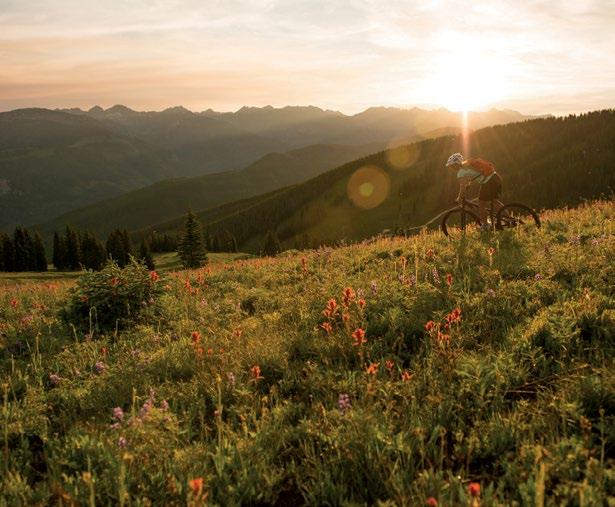
VAIL, CO
EXPERIENCES
Endless Biking
Vail is a mountain biker’s dream, with 58 miles of paved recreational paths in Eagle County alone. A trip up Vail’s famous gondolas with a bike haul pass takes you to some of the most exhilarating high-elevation trails in Colorado, featuring breathtaking views of Gore Range. Those looking for a challenge flock to the Grand Traverse Mountain Trail, which twists and turns through fragrant pine forests and offers spectacular views of Mount of the Holy Cross. Looking for a downhill thrill?
The Radio Flyer Mountain Trail descends 900 feet in elevation.
Reel It In
Colorado’s rushing waters teem with brown trout, rainbow trout, brookies, and cutthroat. Vail Valley Anglers, the beloved fishing store in nearby Edwards, offers lessons, along with float, wade, and specialized fly-fishing trips led by seasoned guides along the Eagle, Colorado, and Roaring Fork rivers. Colorado Angling Company also offers customized fly-fishing
tours from its base-camp cabin set up on a quarter-mile stretch of private trout stream in the Vail Valley. Anthony Mazza, a flyfishing guide with the outfitter, says the joy—and the challenge—of the sport is “the change. It’s never the same. The same float on the same stretch of the same river can be completely different from one day to the next. We don’t speak fish, so you’ve got to figure it out every day.”
BRING IT HOME
Golden Bear Necklace
The Golden Bear jewelry store, open since 1975, is famous for its handcrafted necklaces with a unique bear emblem. “If you are a Vail local,” says a resident, “you have to have a Golden Bear necklace.”




“The experience is different because the horses reflect back the exact present moment with each person.”
—KELLY WENDORF, founder, The Equus Experience
SANTA FE, NM
AETHER For expedition-grade sunglasses, look to the Summit— crafted in Japan in titanium with perforated side shields.

FORBIDDEN The Canadian brand has launched its first electric mountain bike models, including the Druid CorE, powered by an Avinox M1 motor.

BOGNER Made in a quick-drying material, the Cody functional polo shirt sports a zip-fastener at the collar.

BUSINESS & PLEASURE CO. The new Hemingway Cooler, available in 35- and 55-quart models, features an acacia wood lid.

GEAR UP for Adventure
This season’s outdoor essentials blend performance with polished design.

MONCLER

Lightweight cottonblend poplin is the basis for the Italian brand’s Clisson embroidered hooded jacket.
ICON From the Los Angeles–based restomod experts comes the EV Bronco Founders Edition, a limited run of 10 classic Ford Broncos outfitted with an all-electric drivetrain.

SANTA FE, NM
MAGICAL SANTA FE has held both creatives (like painter Georgia O’Keeffe and author George R.R. Martin) and nature lovers in its thrall for centuries.
A bastion of old-world charm and rich history, the city—founded in 1610— offers a profusion of lively restaurants and Southwestern art galleries (more than 250). Visitors can get into the spirit of Santa Fe at the beloved organic chocolatier Kakawa Chocolate House, known for its regionally inspired chocolate drinks (near right) including mezcal and prickly pear. After a day of summertime fun, many flock to the acclaimed Santa Fe Opera, where the 2025 repertoire features such classics as La Bohème and The Marriage of Figaro. There are also endless ways to tune into the peace of the high desert, among them countless trails, like the trek to Picacho Peak, part of a 25-mile network of breathtaking biking and hiking routes in the foothills of the Sangre de Cristo Mountains. “You’ve gotta get out there and experience the outdoors, the fresh air, and the beautiful colours. That’s your stress relief,” says Hans Loehr, adventure program supervisor at Four Seasons Resort Rancho Encantado Santa Fe (middle right), which last year completed a full revitalization of its 65 suites and rooms. “You give us a few days, and you’ll recharge.”
EXPERIENCES
Equine Bonding
The powerful connection between horses and humans has been recognized for centuries. The Equus Experience (bottom right) is an innovative approach to personal knowledge and the development of leadership skills with the aid of our equine friends. No riding is involved; instead, participants interact with the horses to learn mindfulness, boundaries, and trust. “The experience is different because the horses reflect back the exact present moment with each person,” founder and CEO Kelly Wendorf, a personal development coach, has said of the two-hour and four-hour experiences of selfdiscovery.
White Water Thrills
Wild and scenic, the majestic Rio Grande is famous for its roaring rapids. Santa Fe’s Four Seasons offers white water rafting experiences tailored to every interest and skill level. The Racecourse, a four-mile series of Class II and Class III rapids, promises an exhilarating ride. The Rio Chama, a Rio Grande tributary, provides a more serene

rafting experience, with stunning views of sandstone cliffs and open blue skies.
BRING IT HOME
Antique
Navajo Rug
Located on historic Santa Fe Plaza, Shiprock Santa Fe has Navajo rugs and blankets (top right)—some dating to the late 1800s—fine art, and vintage and antique turquoise jewelry. n
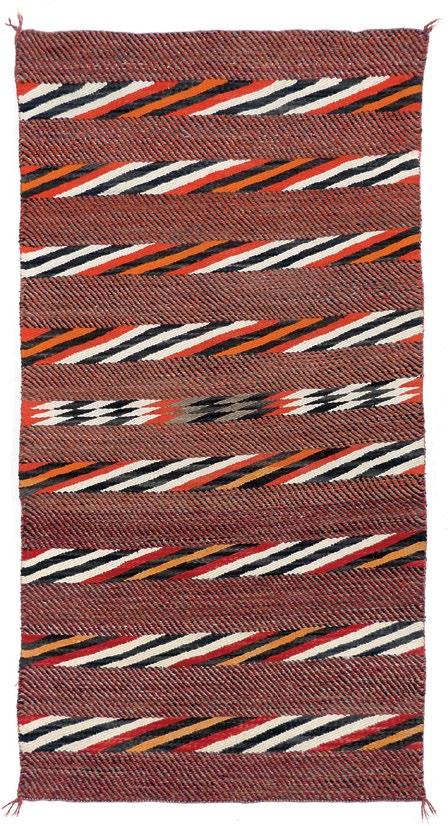

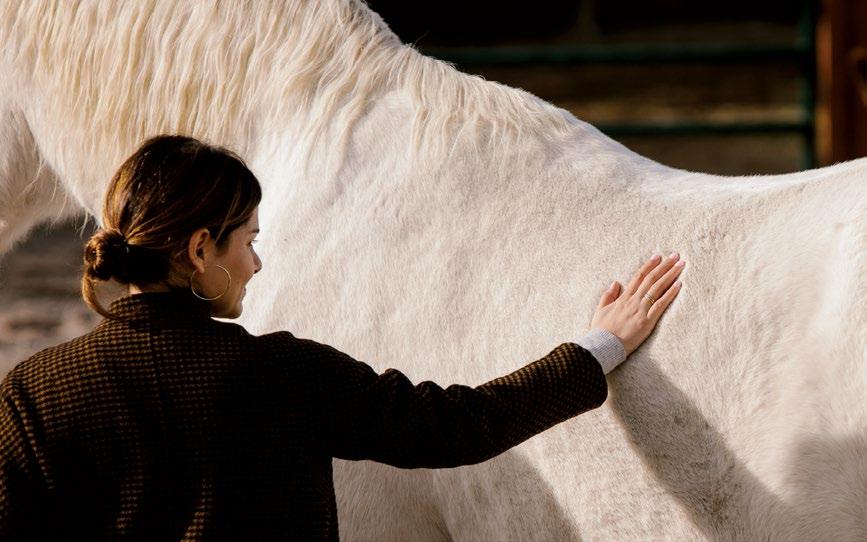

The Ultimate California Summer Road Trip
Where electric innovation meets timeless luxury.
There are road trips, and then there are odysseys. This summer, trade freeway fatigue for freedom, in a journey where every curve of the California coastline and every mile of mountain road becomes a stage for something extraordinary. At the wheel? The award-winning, all-electric Lucid Air, a design and performance masterpiece born in California—and at every stop, the legendary hospitality of Four Seasons
Seven destinations. One electric dream. Here’s your invitation to experience the Golden State like never before.
NAPA VALLEY: Vineyards and Vistas
Four Seasons Resort and Residences Napa Valley
Cradled by vineyards, your villa opens to endless skies in a blissful countryside setting. Set your GPS for the coast, past Armstrong Redwoods, to the legendary Hog Island Oyster Co.—shuck, savour, repeat.
Elevate the Evening: A Michelin-starred Wine Pairing Dinner at Auro. Precision, passion, and pairings that sing.
SAN FRANCISCO: Icons and Inclines
Four Seasons Hotel San Francisco
Your Lucid Air handles hills like a ballet dancer—effortless, elegant. Cruise Lombard Street, roll across the Golden Gate, and let the optional 21-speaker Dolby Atmos system* score your city adventure.
Taste Innovation: At MKT Restaurant & Bar, the five-course Chef’s Table showcases California’s bounty with bold, sustainable flair.

Hog Island Oyster Co.
Photo:
Remi Hale
SILICON
VALLEY:
Power Meets Presence
Four Seasons Hotel Silicon Valley at East Palo Alto
Just minutes from Apple, Meta, and Google headquarters, your Lucid Air fits right in—sleek, smart, and game-changing. But venture off the grid to Filoli gardens, where serenity reigns.
Savour: Quattro serves hyperlocal ingredients with refined Italian soul.

WESTLAKE
VILLAGE:
Wellness in Motion
Four Seasons Hotel Westlake Village
Where mind-body wellness meets California coastlines. Drive the 30-minute route to Zuma Beach or follow your whimsy—the Lucid Air’s superior range** was made for detours.
Poolside Indulgence: Mediterranean-inspired plates and poolside views at Cove Kitchen & Bar make it a perfect post-spa hangout.
LOS ANGELES:
Silver Screens & Rooftop Scenes
Four Seasons Hotel Los Angeles at Beverly Hills
Bask in the glamour of Hollywood’s favourite urban sanctuary. After exploring art galleries, studios, or designer boutiques in your chauffeured Lucid Air, unwind with a Dive-In Movie Night under the stars.
Don’t Miss: Short rib carne asada at the new La Ola rooftop—modern Mexican cuisine with panoramic views and serious celebrity vibes.

BEVERLY HILLS:
Legendary Luxury
Beverly Wilshire, A Four Seasons Hotel
You’ve seen it on the silver screen—now star in your own L.A. story. Glide through palm-lined avenues and up into the Hollywood Hills, Lucid style.
Scene-Stealer: Osetra caviar, Champagne, and people watching on THE Blvd patio—Rodeo Drive never looked so good.

CARLSBAD: Coastal Family Escape
Four Seasons Residence Club San Diego, Aviara
Newly renovated villas. A personal Lucid Air in the driveway. And golden beaches a short drive away. Explore the best San Diego surf spots, where every wave promises excitement and exhilaration. For chill time, we’ll arrange a personalized beach setup cabana, daybed, and chilled rosé.
In the Kitchen: The five-course Chef’s Table at Seasons makes dinner an experience to remember.
THE LUCID DIFFERENCE

With up to 512 miles of EPA-estimated range**, optional Dolby Atmos audio, 3D surround view, and massaging, ventilated seats*, every drive becomes a sanctuary. Each vehicle is an extension of the Four Seasons ethos: innovation, elegance, and curated comfort.
This isn’t just a road trip. This is the ultimate road trip, Four Seasons style. Are you ready to take the wheel?
Filoli
Los Angeles
Aviara
Photo: Jeff Bartee
DIS COVER

Where will your next Four Seasons journey take you? From Fort Lauderdale, Florida, to Osaka, Japan, we offer inspiration from our global portfolio.
A yacht-like escape
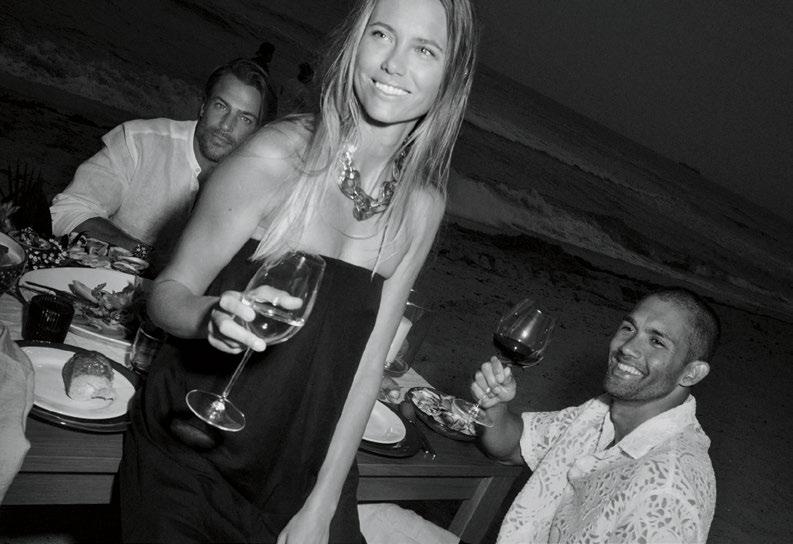
FORT LAUDERDALE, Florida
SOPHISTICATED BEACH LIVING, MICHELIN-STAR DINING.

Set between the Atlantic Ocean and South Florida’s Intracoastal Waterway, Four Seasons Hotel and Residences Fort Lauderdale draws inspiration from its maritime setting, right down to its design, which inside and out evokes the yachting life for which Fort Lauderdale (home to the International Boat Show) is famous. The refined yet relaxed rooms, suites, and Private Residences of the city’s only Five Diamond hotel afford skyline or ocean views enjoyed from spacious, furnished balconies.

STAR TURNS The Michelin Guide’s inaugural South Florida issue for 2025 recognized both of the hotel’s restaurants. MAASS received one Michelin star, while Evelyn’s earned Recommended status.
ANOTHER ROUND At Evelyn’s Bar, lead mixologist Matthew Dress offers Pour Decisions, a cocktail class filled with drinks as legendary as the stories that inspired them.


GLIDING IN THE GLADES The ocean isn’t the only aquatic attraction around here. The hotel can arrange private airboat tours of the Florida Everglades, just a short drive away.
TAKE A DIP A concierge oversees the hotel’s dedicated beach and can arrange lounge chairs, water toys, and refreshments; at the Ocean Sun Deck on the hotel’s third floor, there are two pools, cabanas, and a Kids For All Seasons clubhouse.
Readyandrefreshed
BOSTON, Massachusetts
LUSH GARDENS OUTSIDE, ELEGANT STAYS INSIDE.

Nestled amid Victorian brownstones in the Back Bay neighbourhood, Four Seasons Hotel Boston is supremely situated in the heart of America’s Walking City, with the leafy Boston Public Garden, founded in 1837, just across the street. The Forbes FiveStar hotel—one of the first properties built in the United States by Four Seasons—recently unveiled a renovation by the legendary Ken Fulk, whose gracious designs take inspiration from the area’s historic residences.
FRENCH TWISTS The charming brasserie Coterie serves New England classics with a French accent, like lobster pot pie with Cognac.
SUITE LIFE Guest rooms can be combined into multiroom configurations, and when entertaining is on the agenda, the newly redesigned Royal Suite can accommodate a cocktail gathering for up to 25 people.
KIDDING AROUND Amenities that delight every VIK (very important kid) include a key to unlock a Mystery Closet filled with toys, a hotel scavenger hunt, and the Vaults, snack-filled pantries located on every floor.
HIGHER LEARNING Boston is easily America’s premier college town, and the hotel’s exclusive Students in the City tour gives prospective students and their parents a private look at the city’s top experiences, both on campus and off.
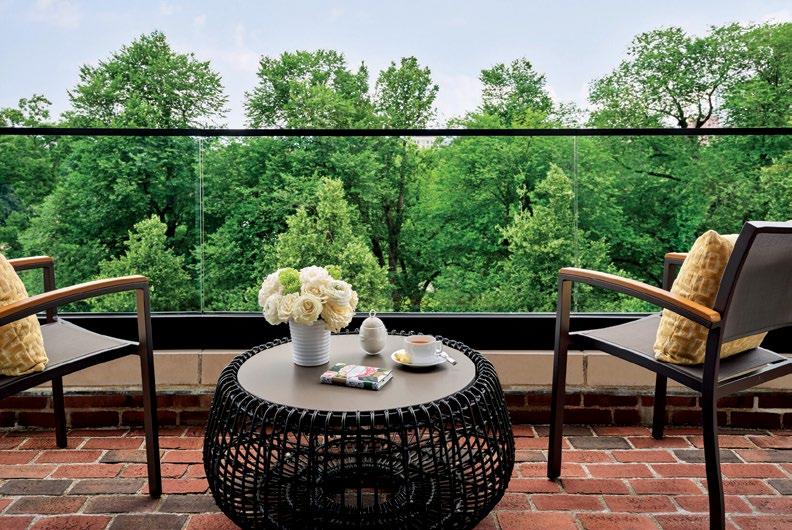
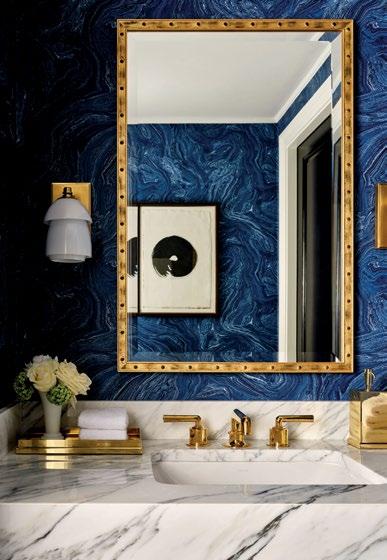


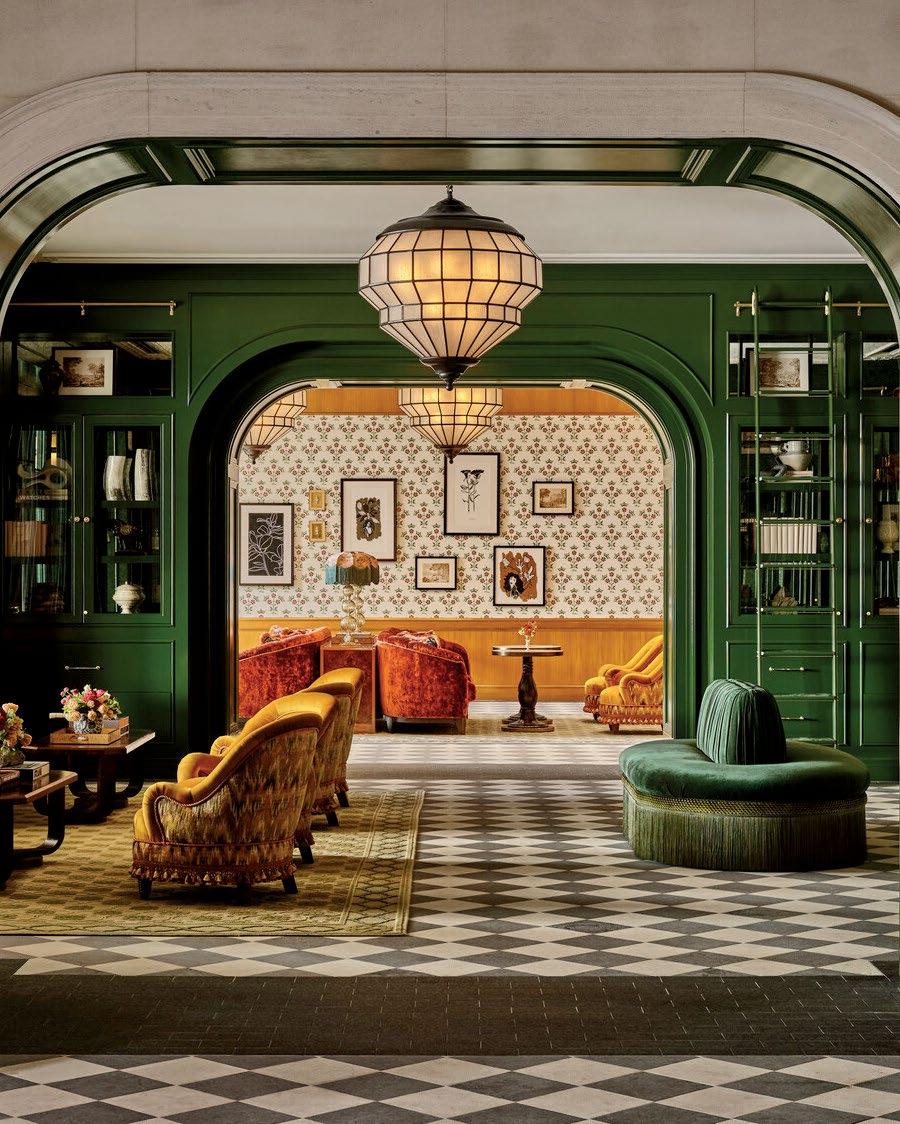

Bliss(ytequila!) bythecoast






PUNTA MITA, Mexico
TWO RESORTS ON ONE STUNNING COAST.

Distinct describes each Four Seasons resort destination located along the Riviera Nayarit, just up the Pacific Coast from Puerto Vallarta. Four Seasons Resort Punta Mita, Mexico, delivers a family-friendly experience, with casita-style rooms, suites, villas, and residences, plus activities and amenities aplenty— from golf and tennis to pools and a lazy river. Naviva, A Four Seasons Resort, Punta Mita, Mexico, is an intimate, adults-only retreat with 15 luxury tented bungalows in a lush jungle setting where everything—from mealtimes to spa treatments—is bespoke to fulfill the guest’s wishes.
PRIVATE LABEL In partnership with Jose Cuervo Reserva de la Familia, Four Seasons Resort Punta Mita has created a limited-edition (only 1,248 hand-labeled bottles) añejo tequila. Made in Latin America’s oldest working distillery, it is served throughout the resort and available for purchase in the boutique.
UP CLOSE Intimacy is the name of the game at Naviva, even in the retreat’s entertainment offerings. Naviva Unplugged is an exclusive, yearlong concert series featuring award-winning musicians playing for just 30 guests.
BIG PERKS FOR LITTLES The new Babies For All Seasons program at Four Seasons Resort Punta Mita provides special menus, yoga, reflexology, and gear for infants up to 18 months.
NEW YOU The Refuge Retreat spa experience at Naviva is a five-hour sensory journey that includes a body scrub, sound healing, and a mud massage, plus a warm bath and a gemstone facial. Treatments take place in two spa pods that represent sunrise and sunset.
Asoaringexperience

OSAKA, Japan
AUTHENTIC JAPANESE TRADITIONS MEET MODERN HOSPITALITY.

Opened in 2024, Four Seasons Hotel Osaka occupies a dozen upper levels of the One Dojima tower in the Dojima district. Floors dedicated to Japanese ryokan-style experiences immerse guests in the culture, while easy access to the nightlife in Kitashinchi and the art scene in Nakanoshima makes the hotel a perfect base for exploring the city.
COME INN The 21 ryokan-style rooms and suites on the GENSUI floor (the 28th) feature tatami flooring, futons, and floor-to-ceiling windows.
READY, SET, SPA The 36th floor is for wellness, with ofuro baths, saunas, and a 52-foot city-view pool.
WHAT’S THE PASSWORD? Only those in the know will find the hotel’s speakeasy—located behind a sliding door. (Insider tip: Befriend the bartender.)
A GLOBAL FEAST Enjoy Cantonese cuisine tasting menus at Jiang Nan Chun, and the Japanese artistry and haute French culinary technique of Sushi L’Abysse Osaka Yannick Alléno. n













SHOP






Bulgari’s Serpenti Viper two-coil bracelet in 18-karat white gold with pavé diamonds. STORIES WORTH A SECOND LOOK





























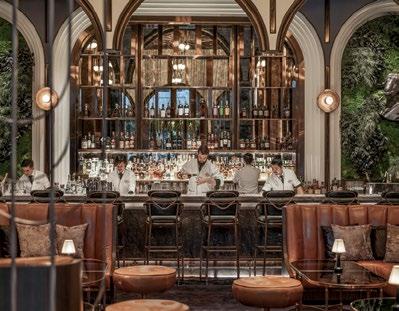

page




page 110 86page
































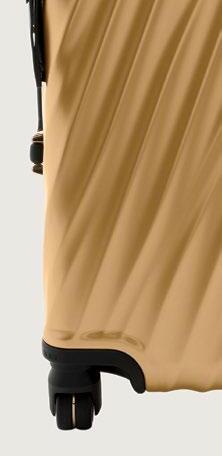








PICNIC Relax alfresco with Business & Pleasure Co.’s new mid-century-inspired 55-quart Hemingway Cooler.


VISIT Must-try spots in the Thai capital include No. 12 on the 2024 World’s 50 Best Bars list—BKK Social Club (above left) at Four Seasons Hotel Bangkok at Chao Phraya River—and Michelin-starred Potong, known for dishes like the Garden Bite (above right) with wing beans, toasted sesame vinaigrette, and garden flowers.

TASTE Made with cold Setaro spaghetti, black tahini, tsukudani, and oyster sauce, Caviar Pasta is one of chef Luca Piscazzi’s signature dishes at Michelin-starred Pelagos at Four Seasons Astir Palace Hotel Athens, where tables look out over the azure sea.


